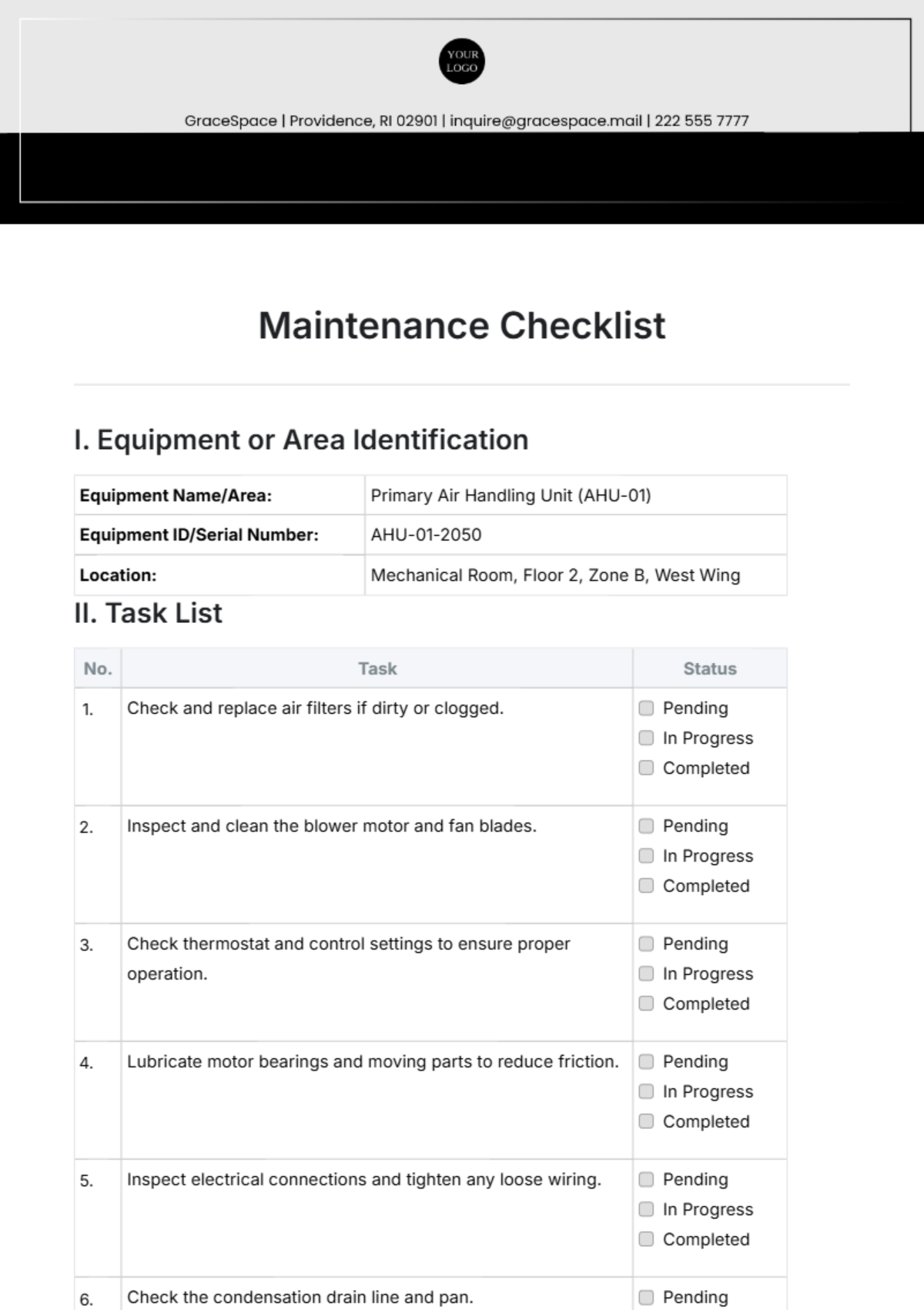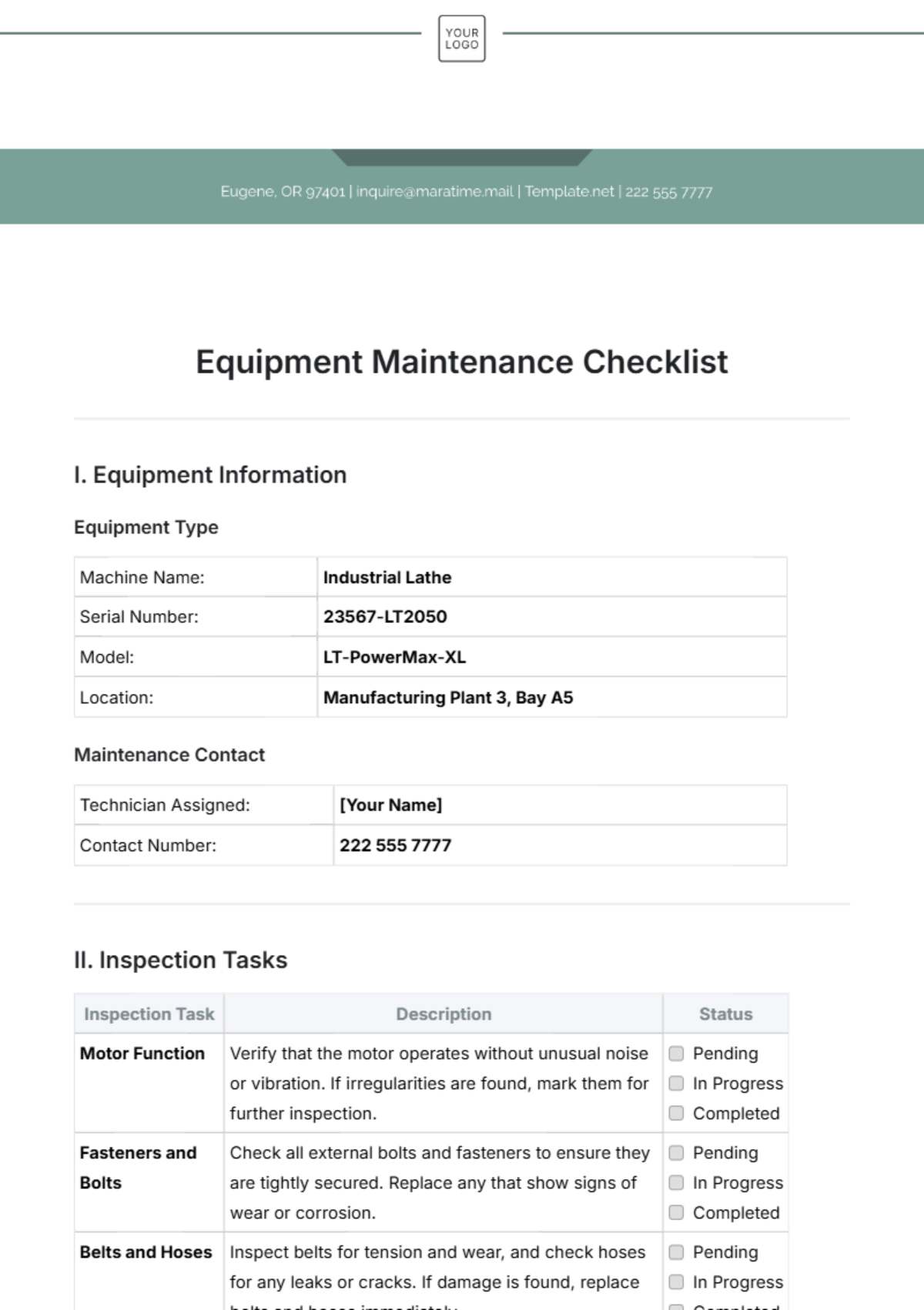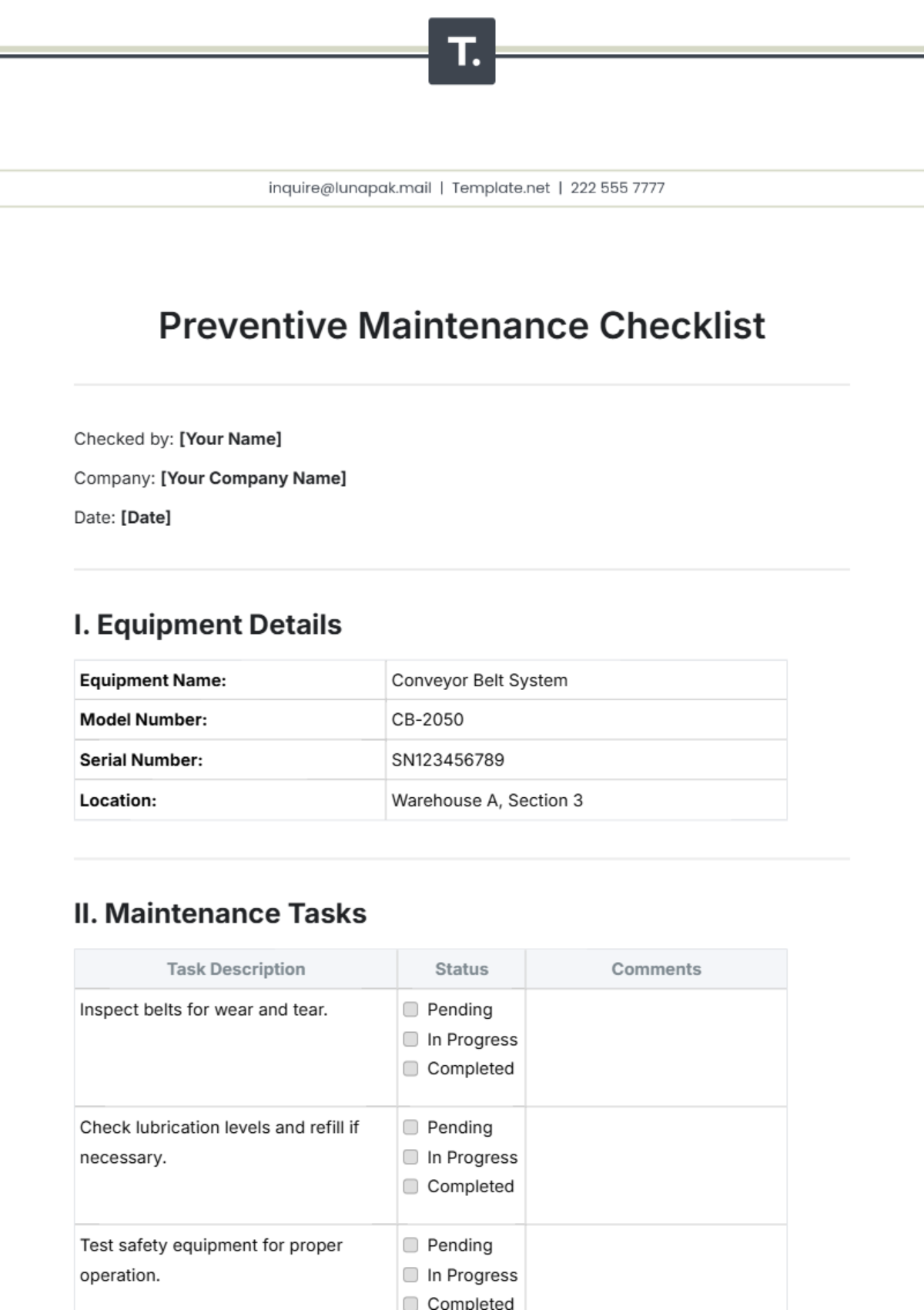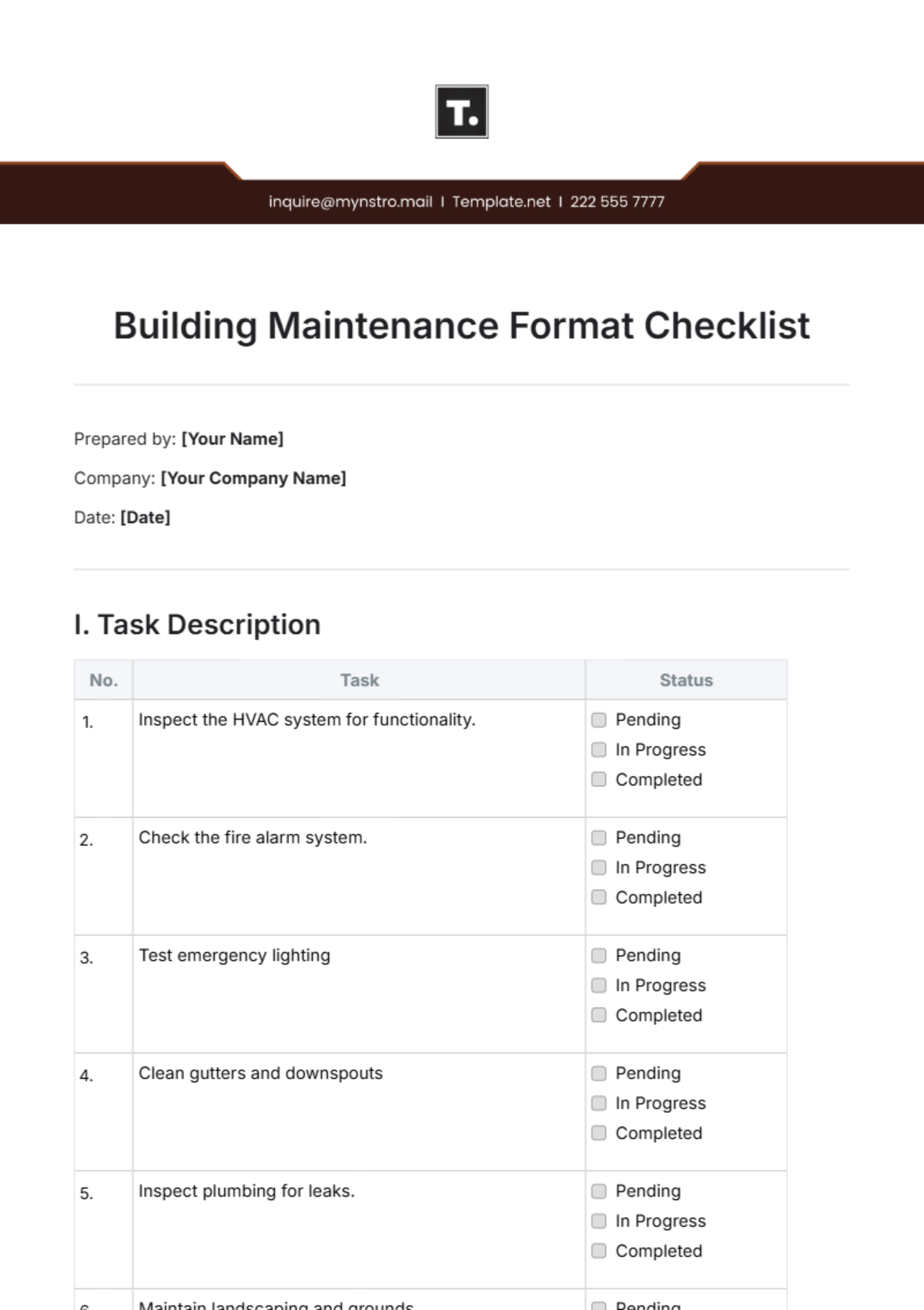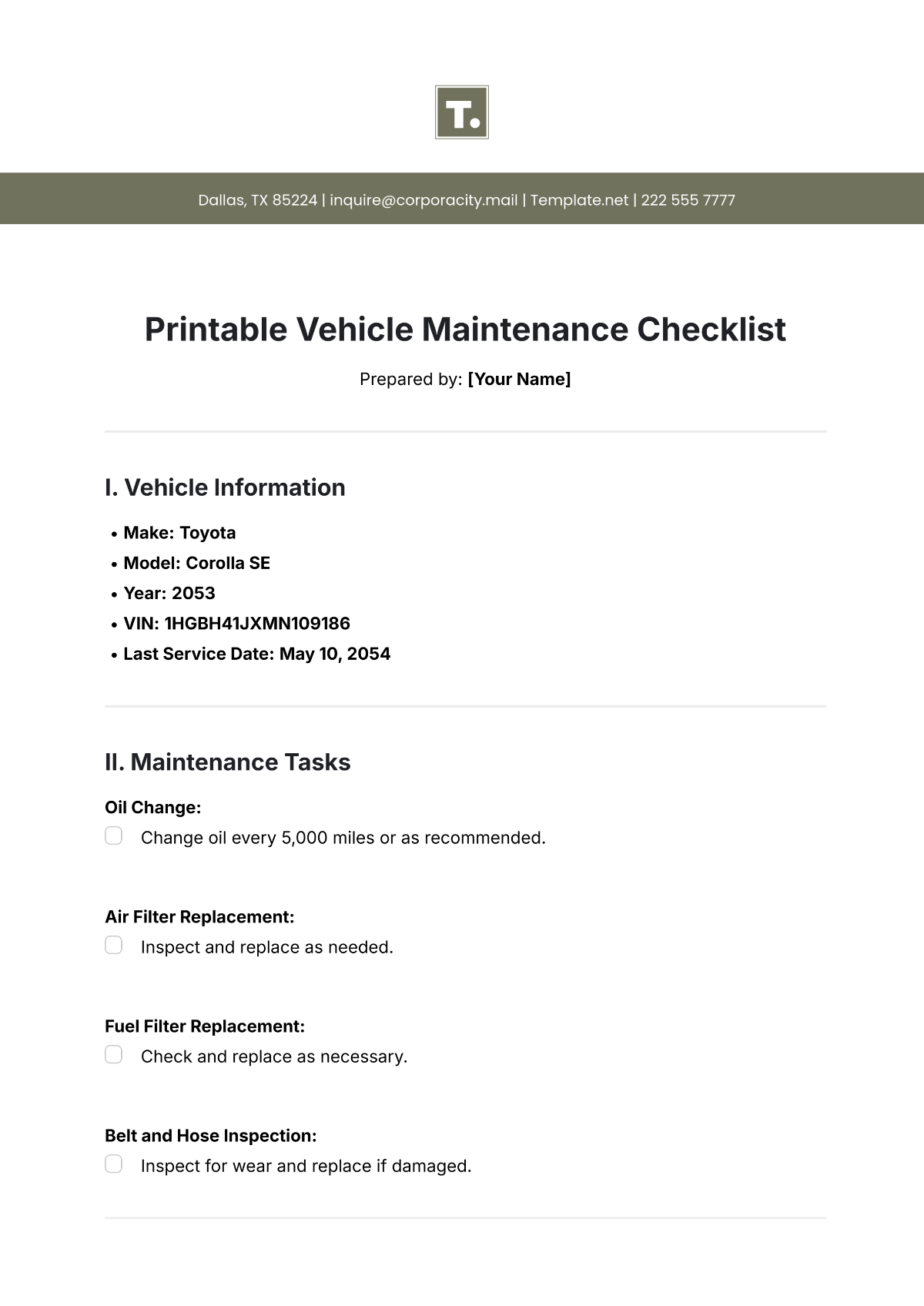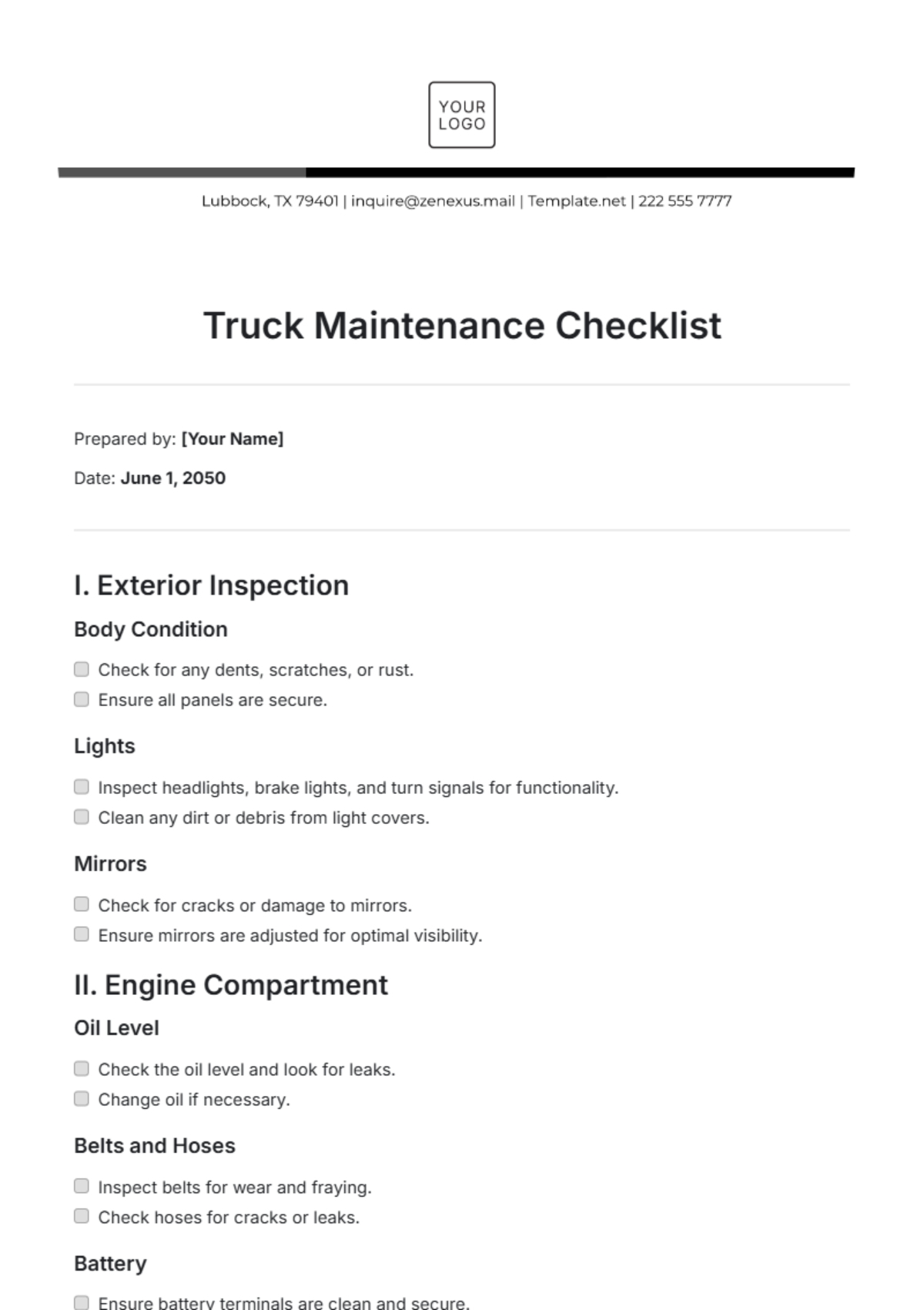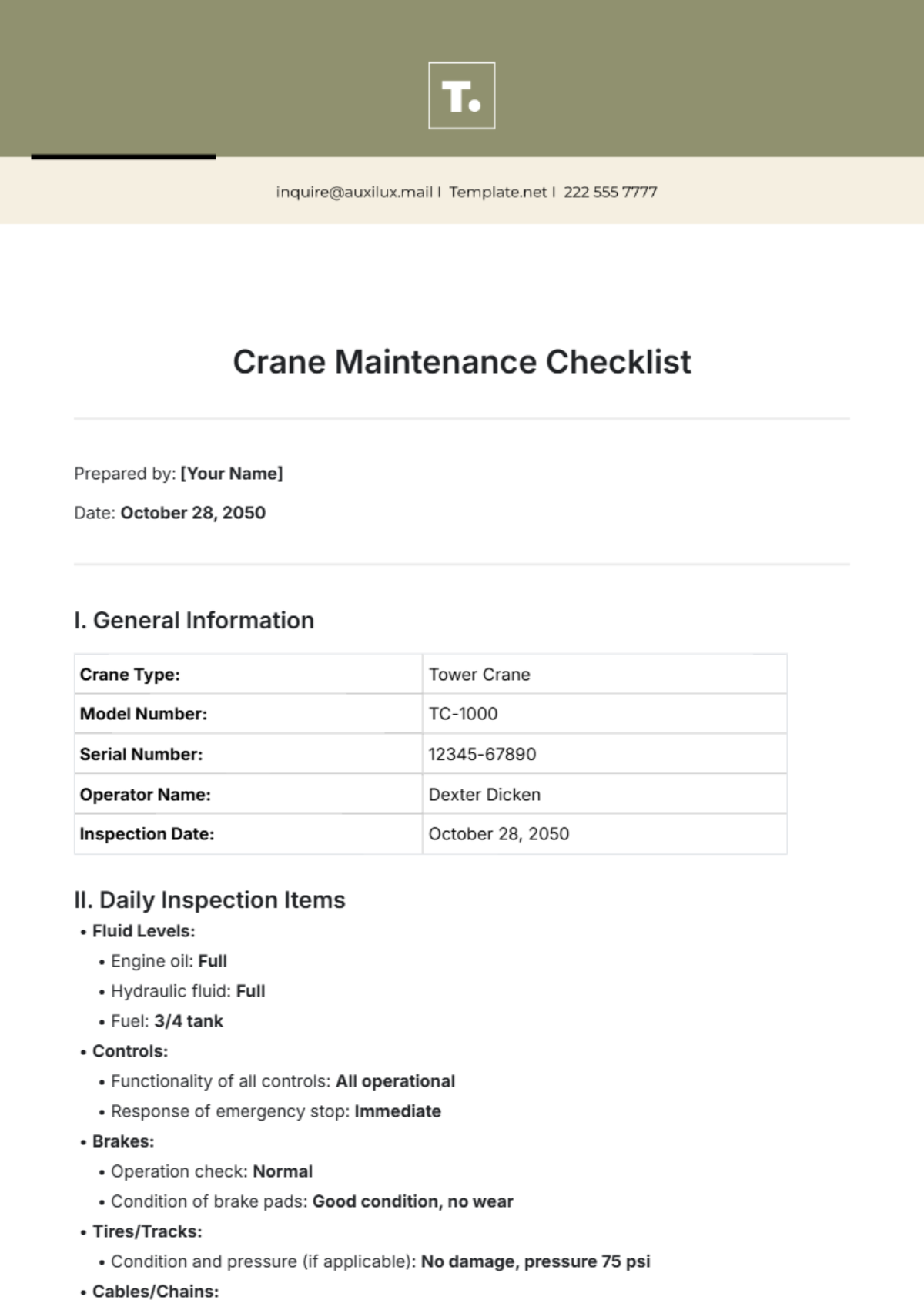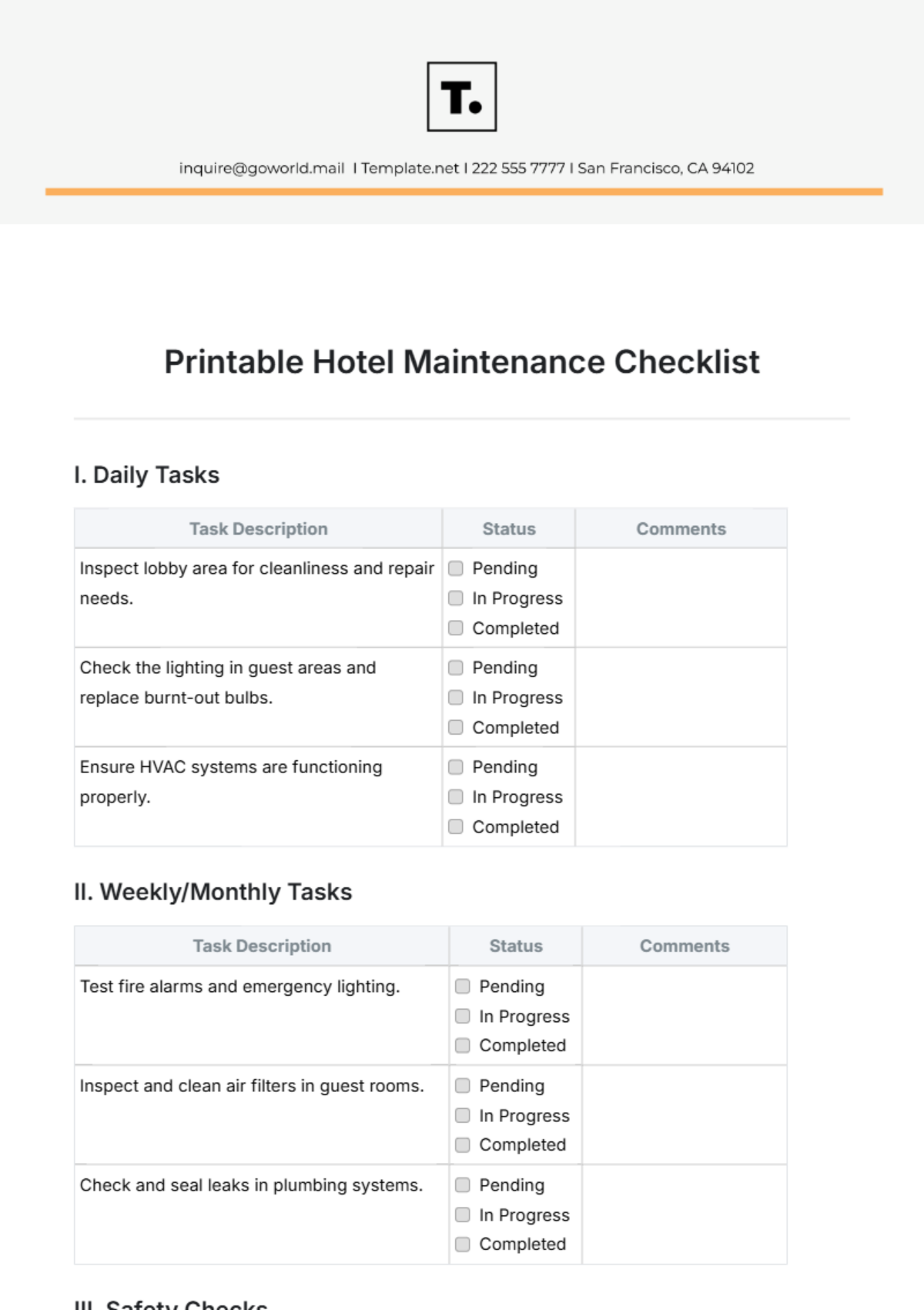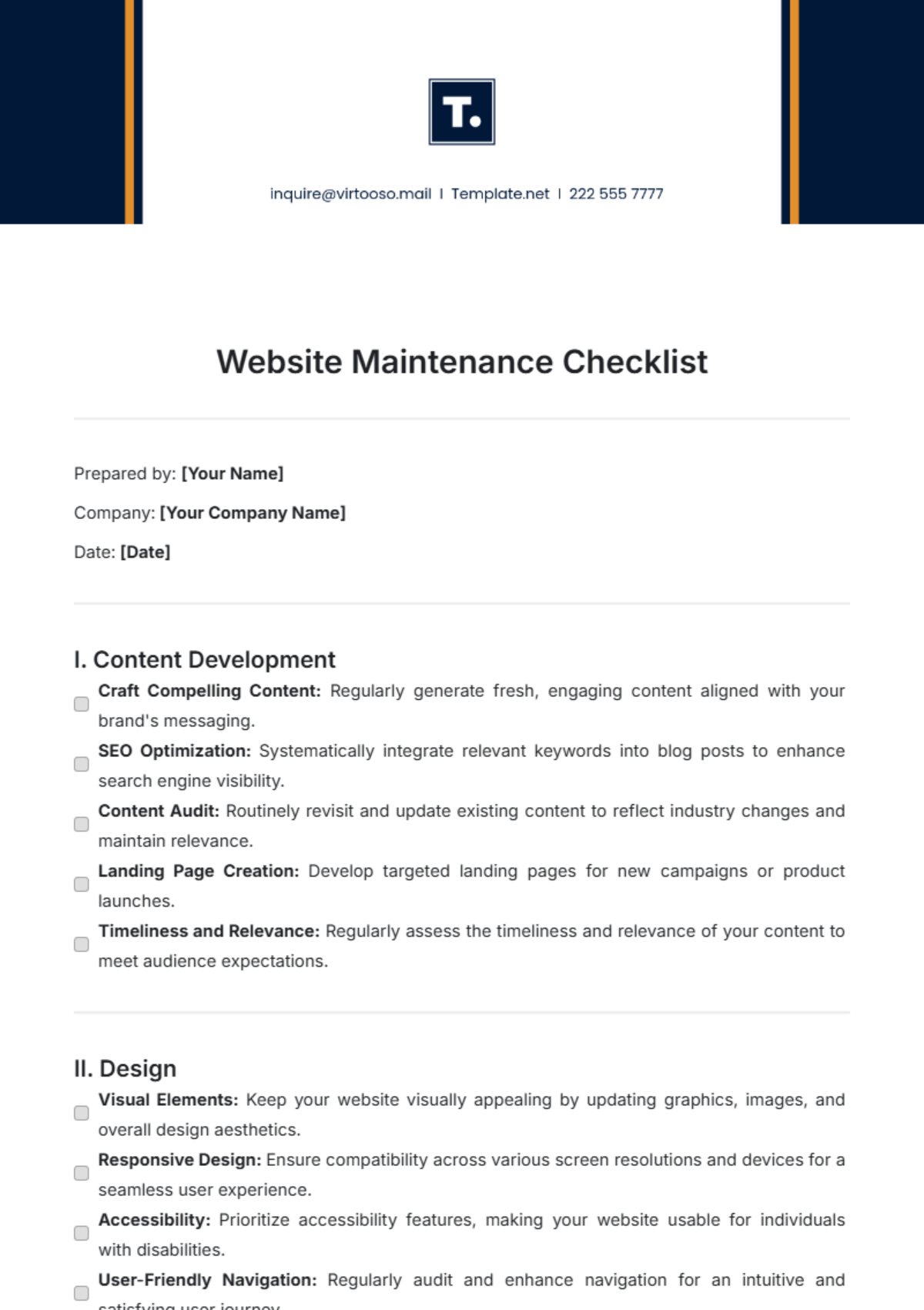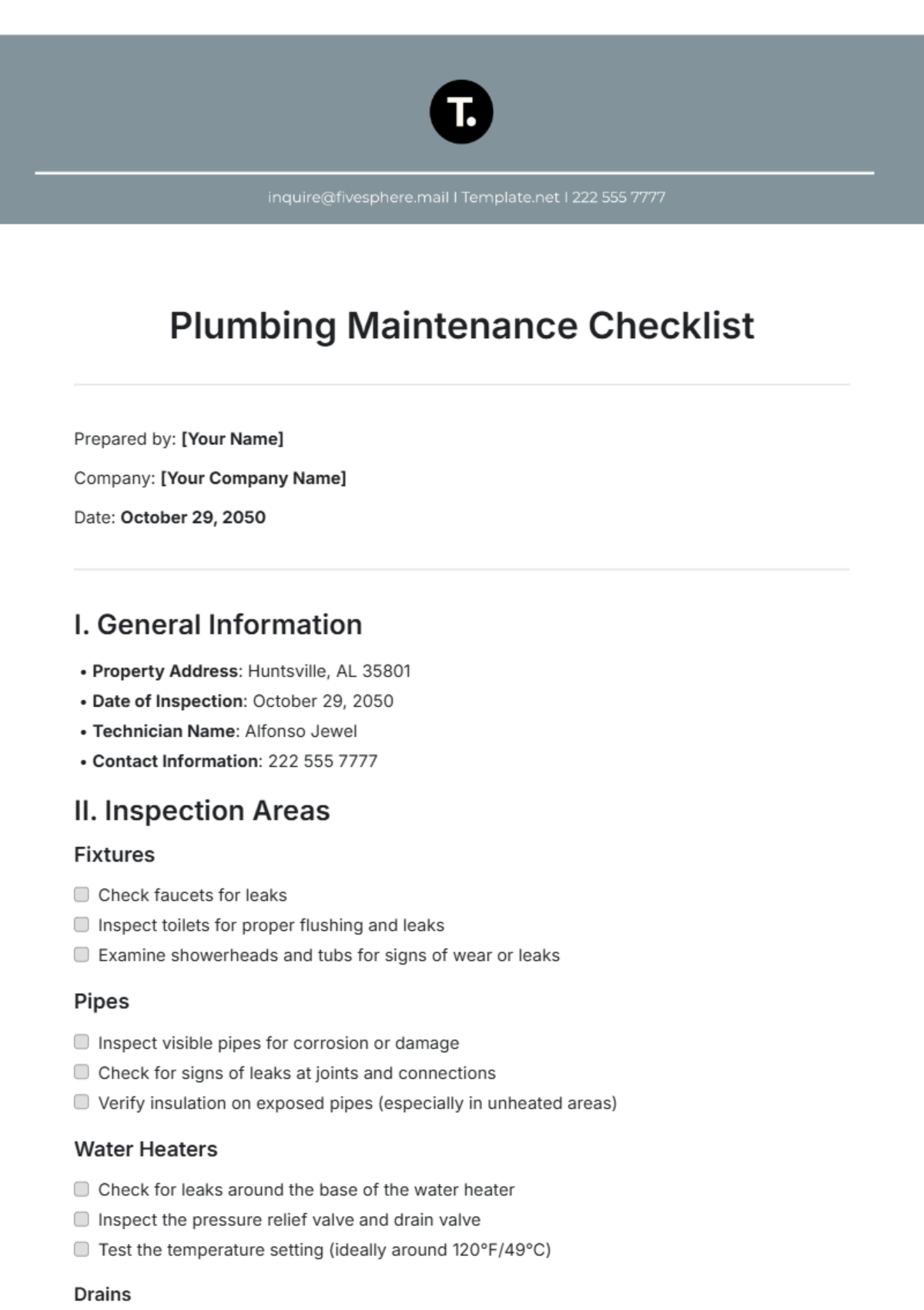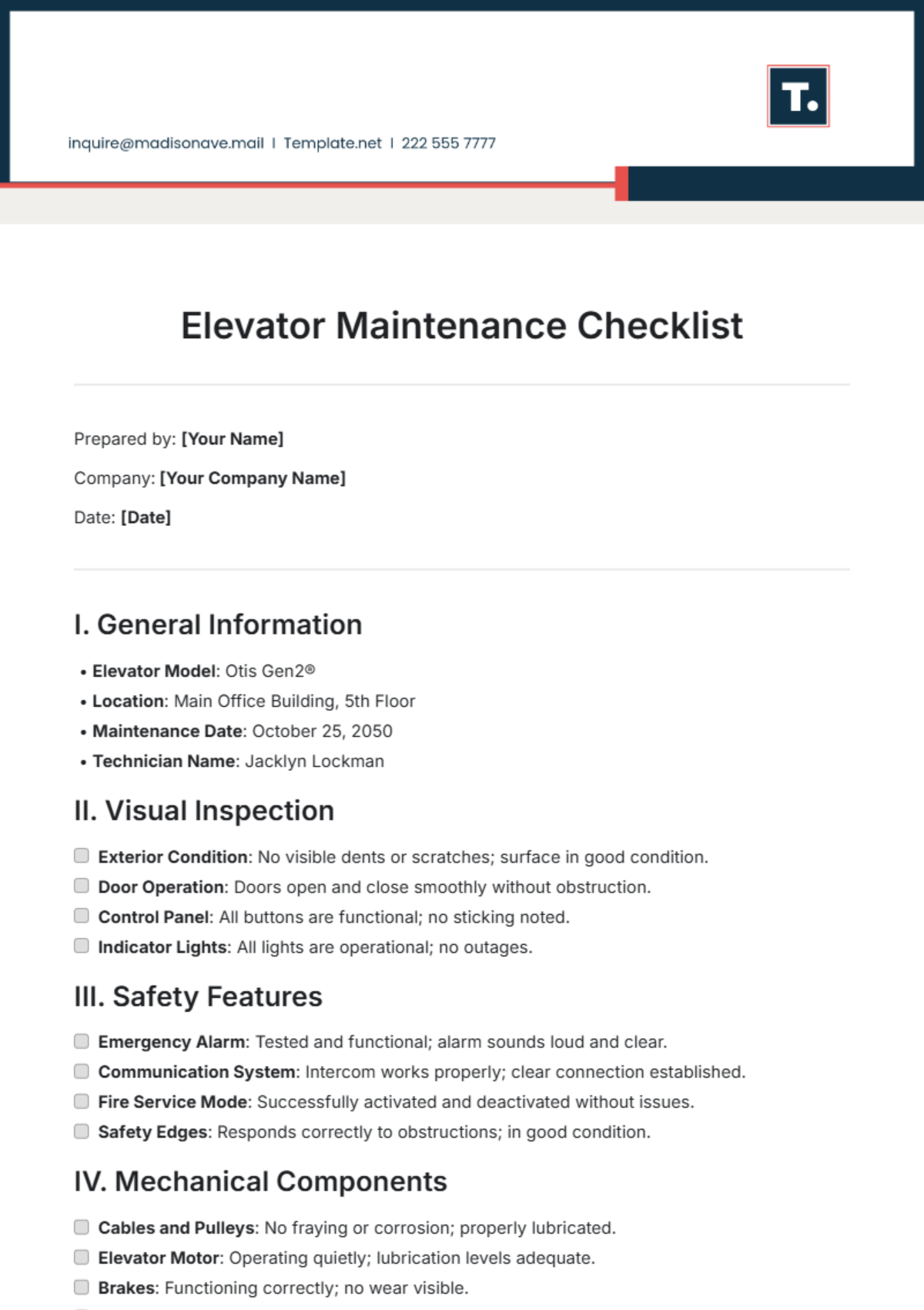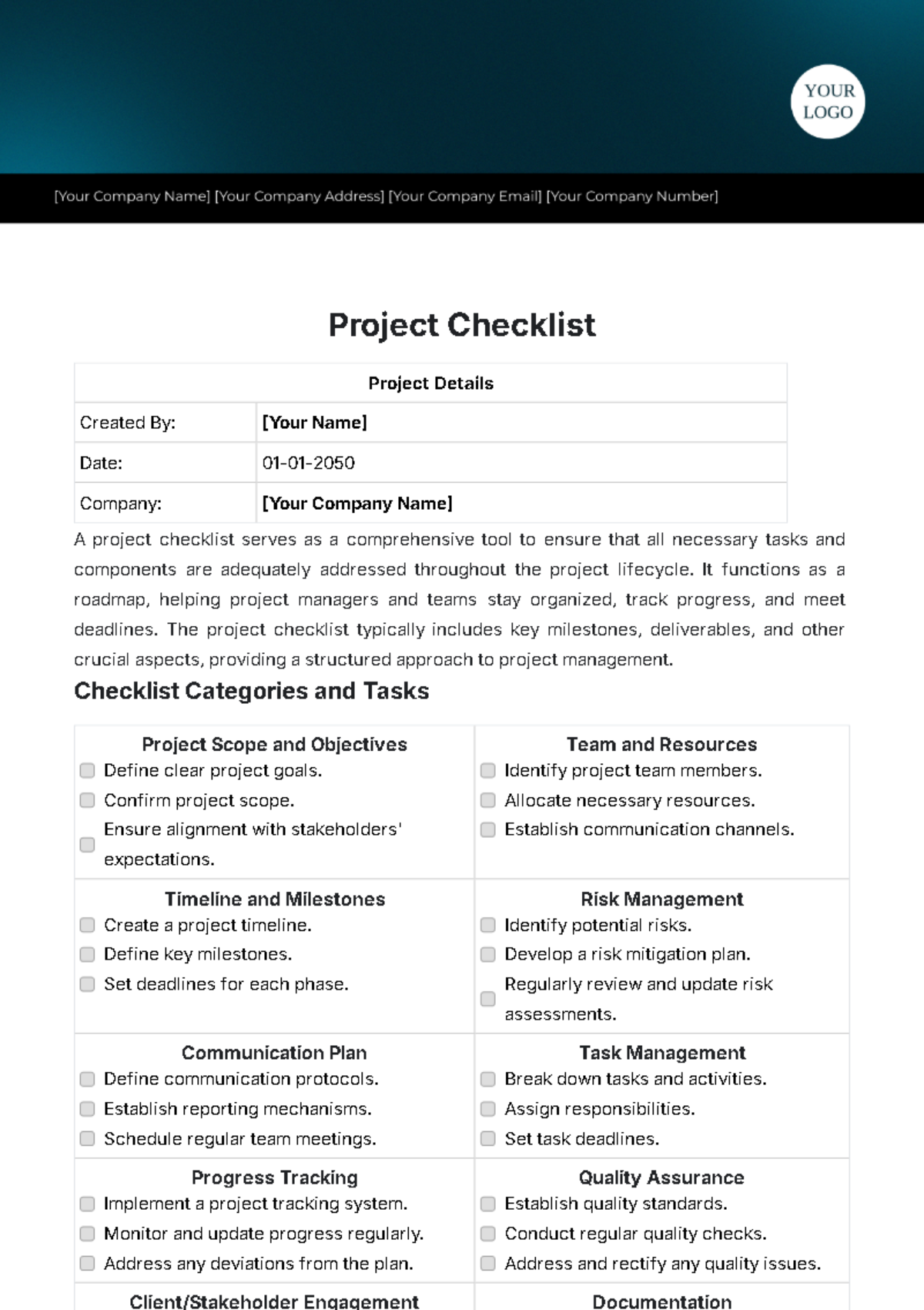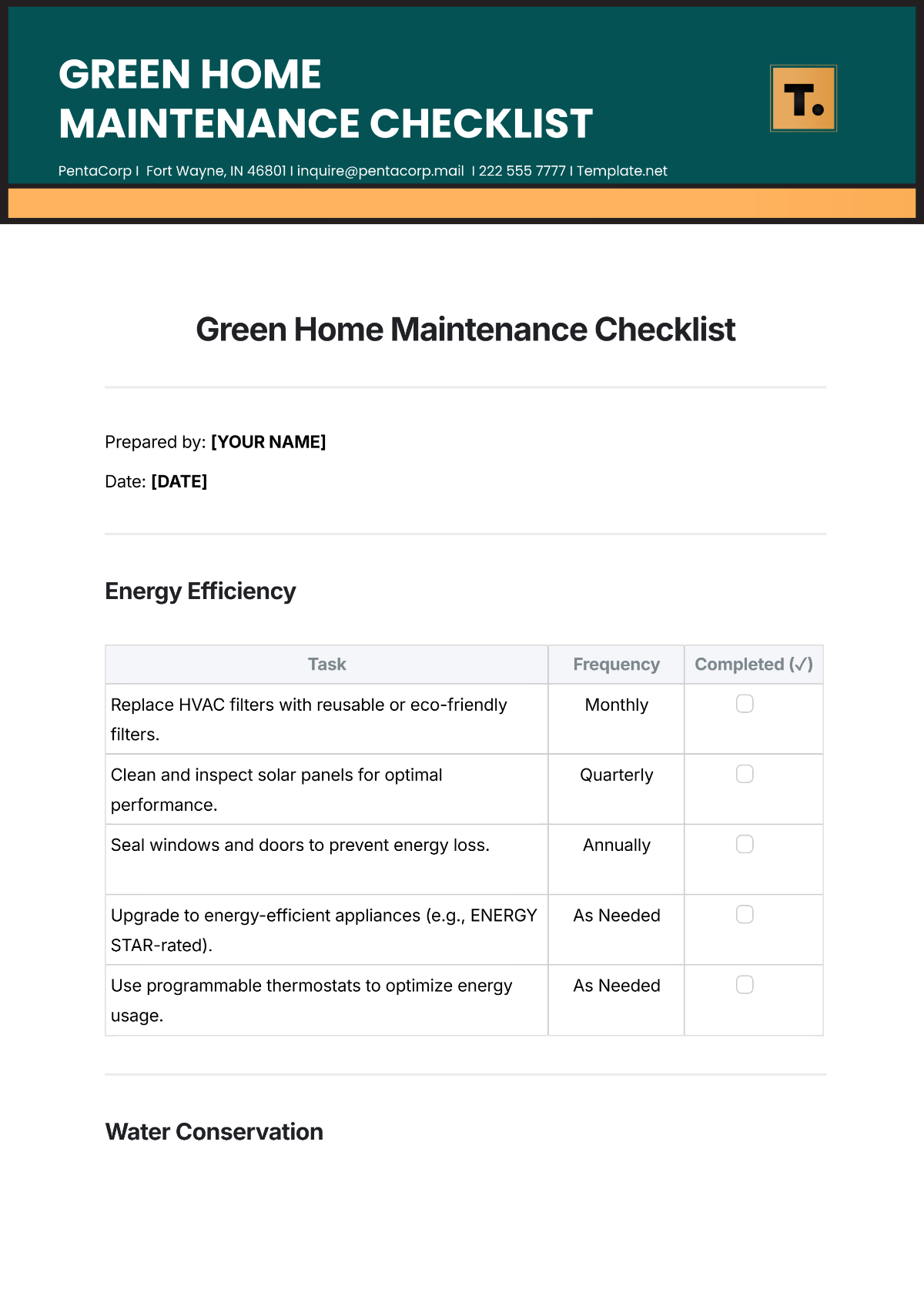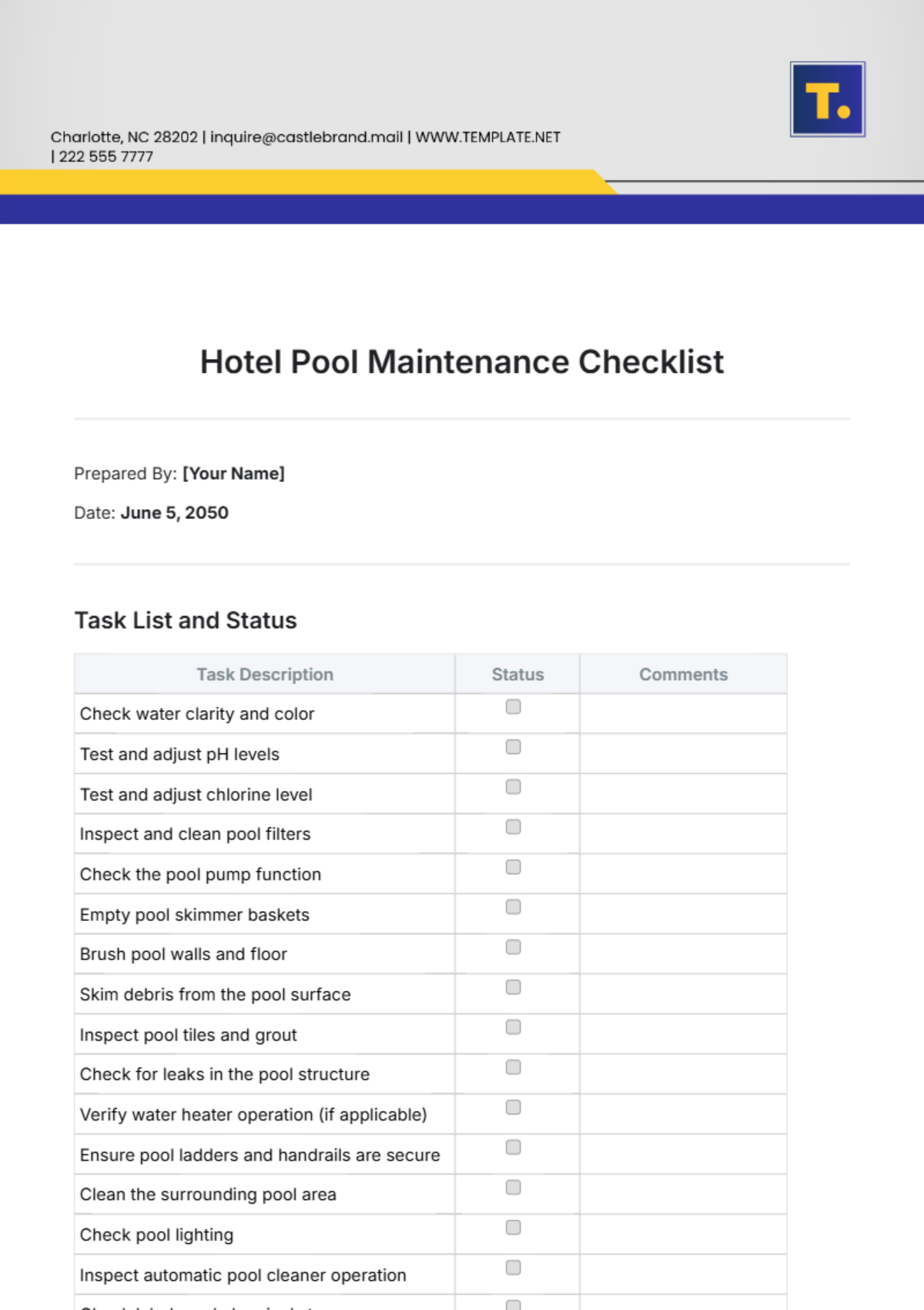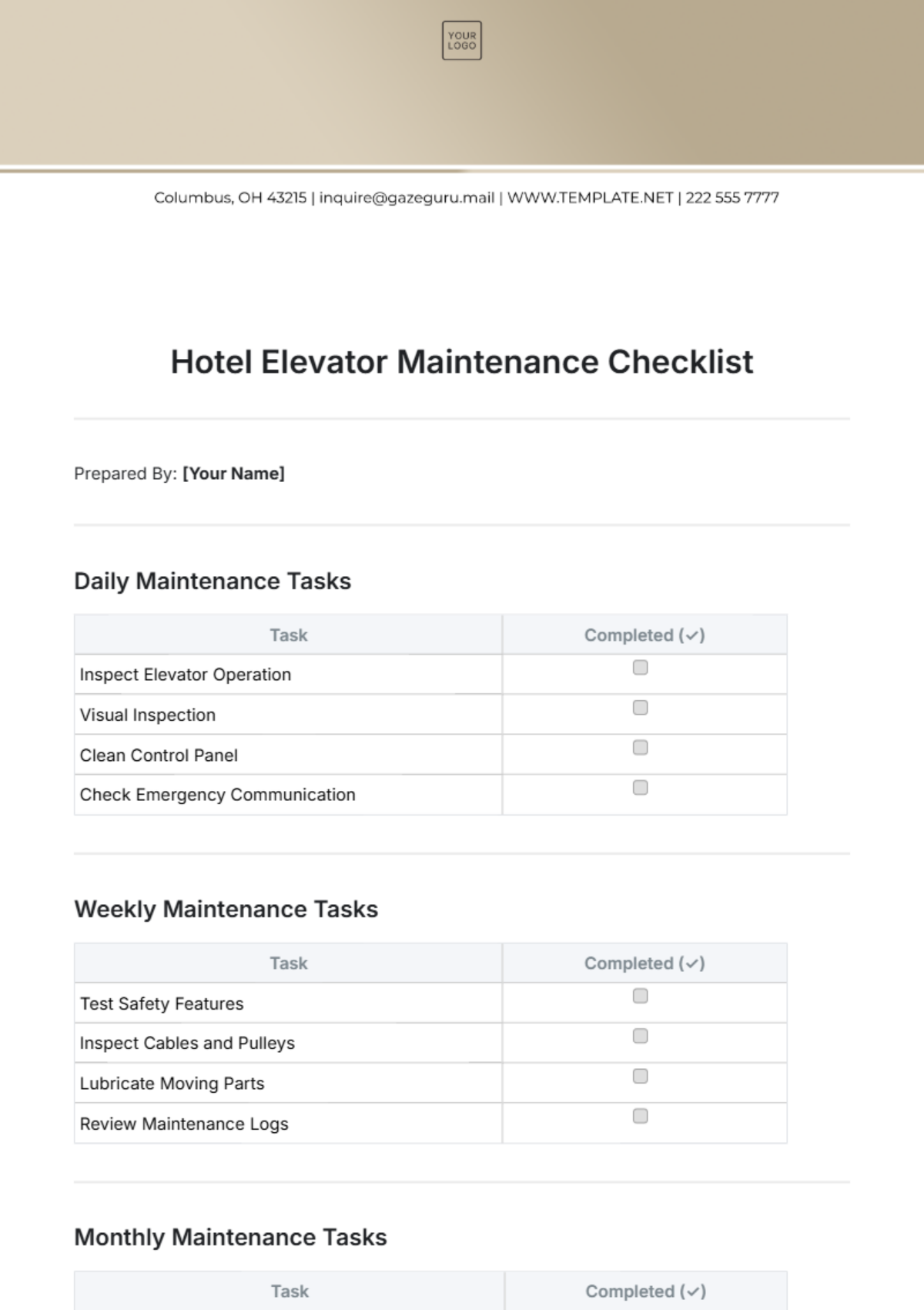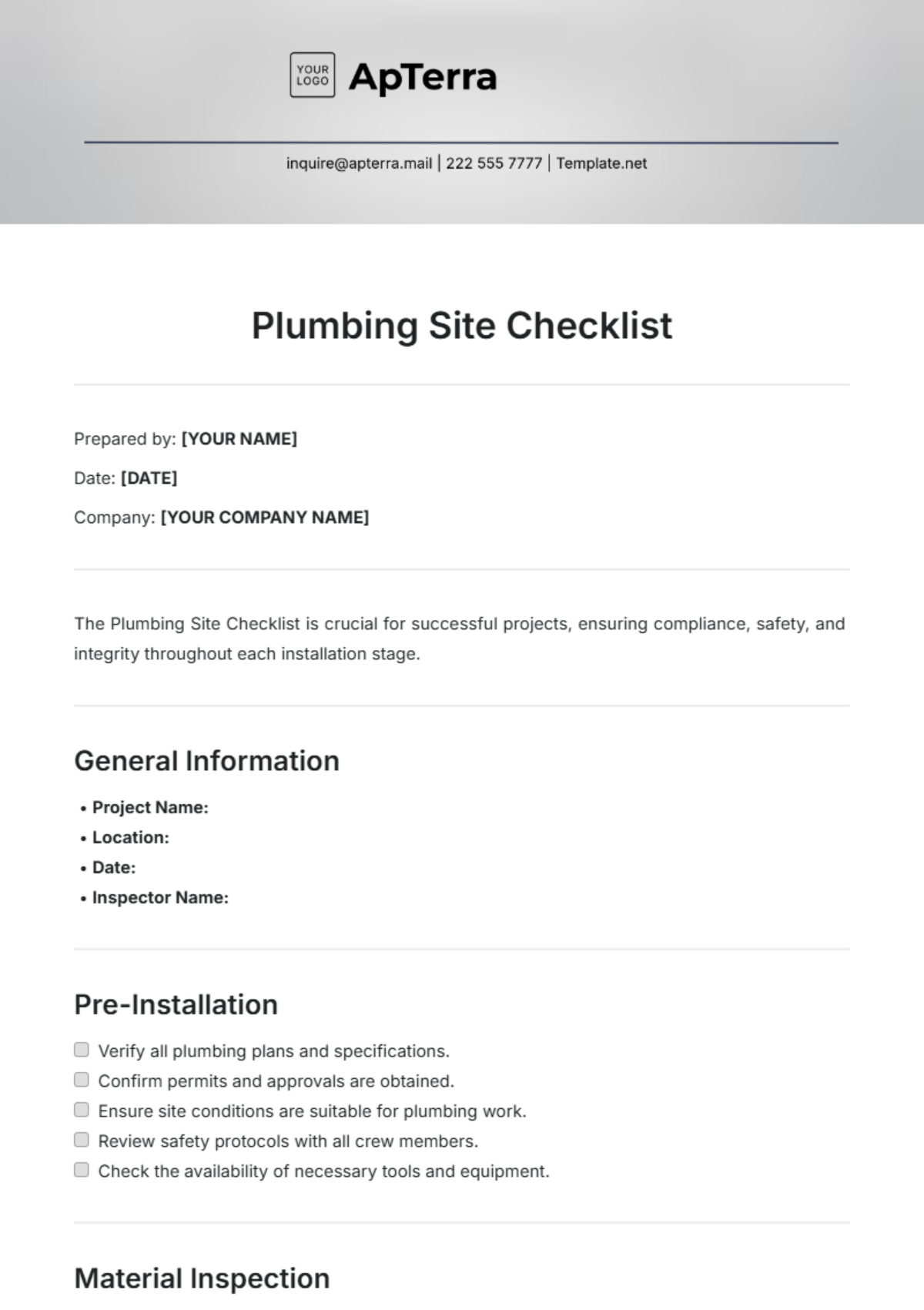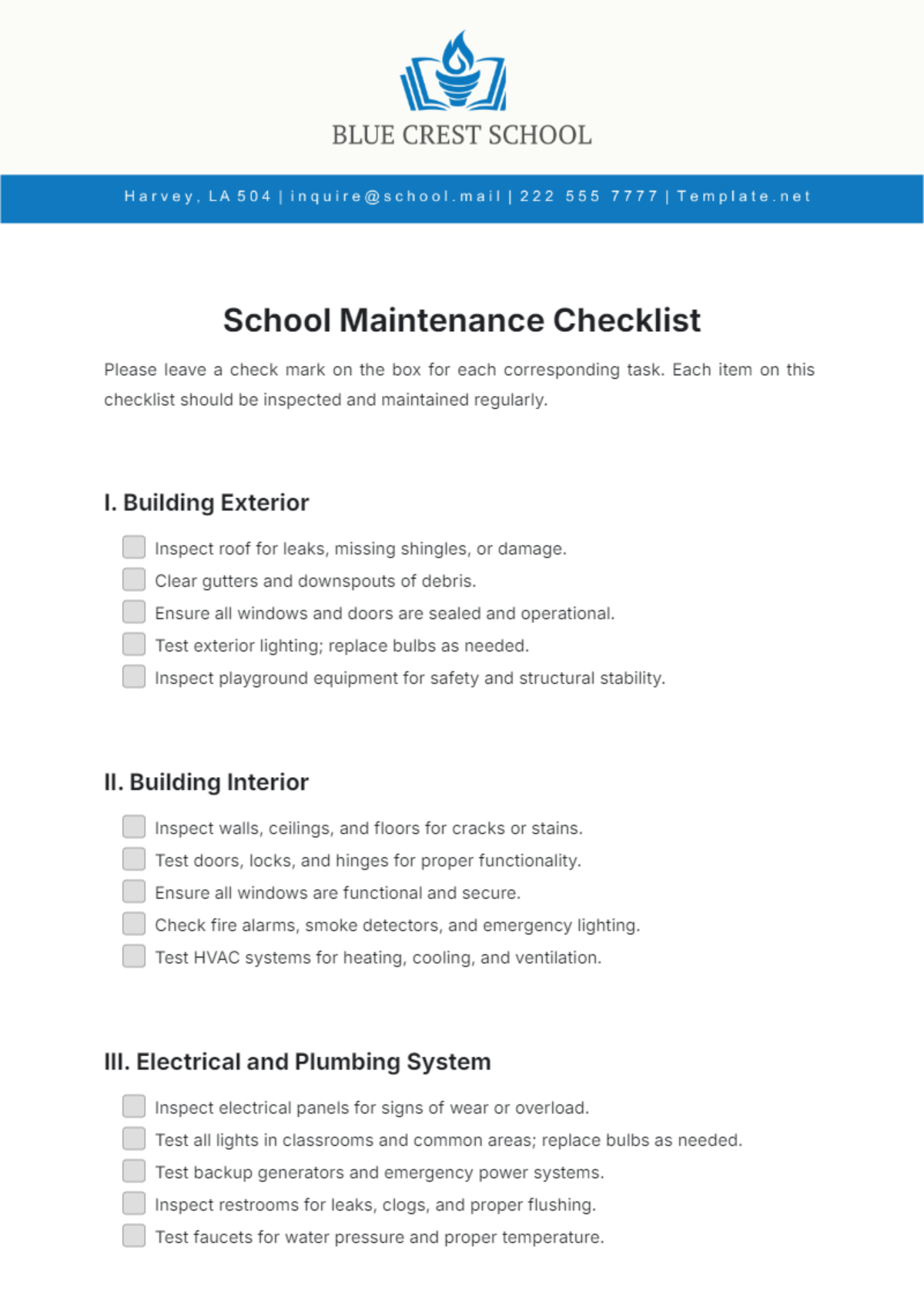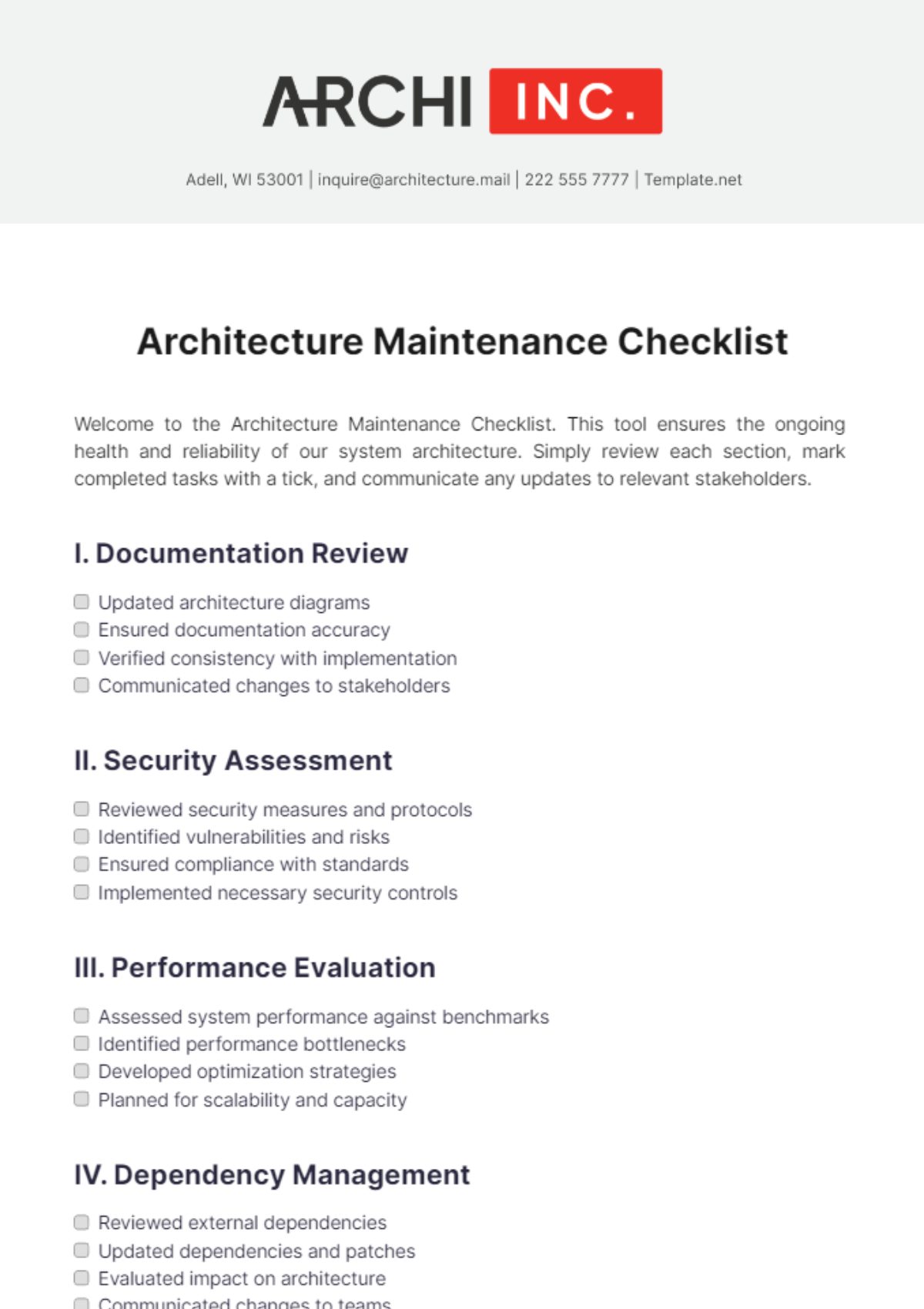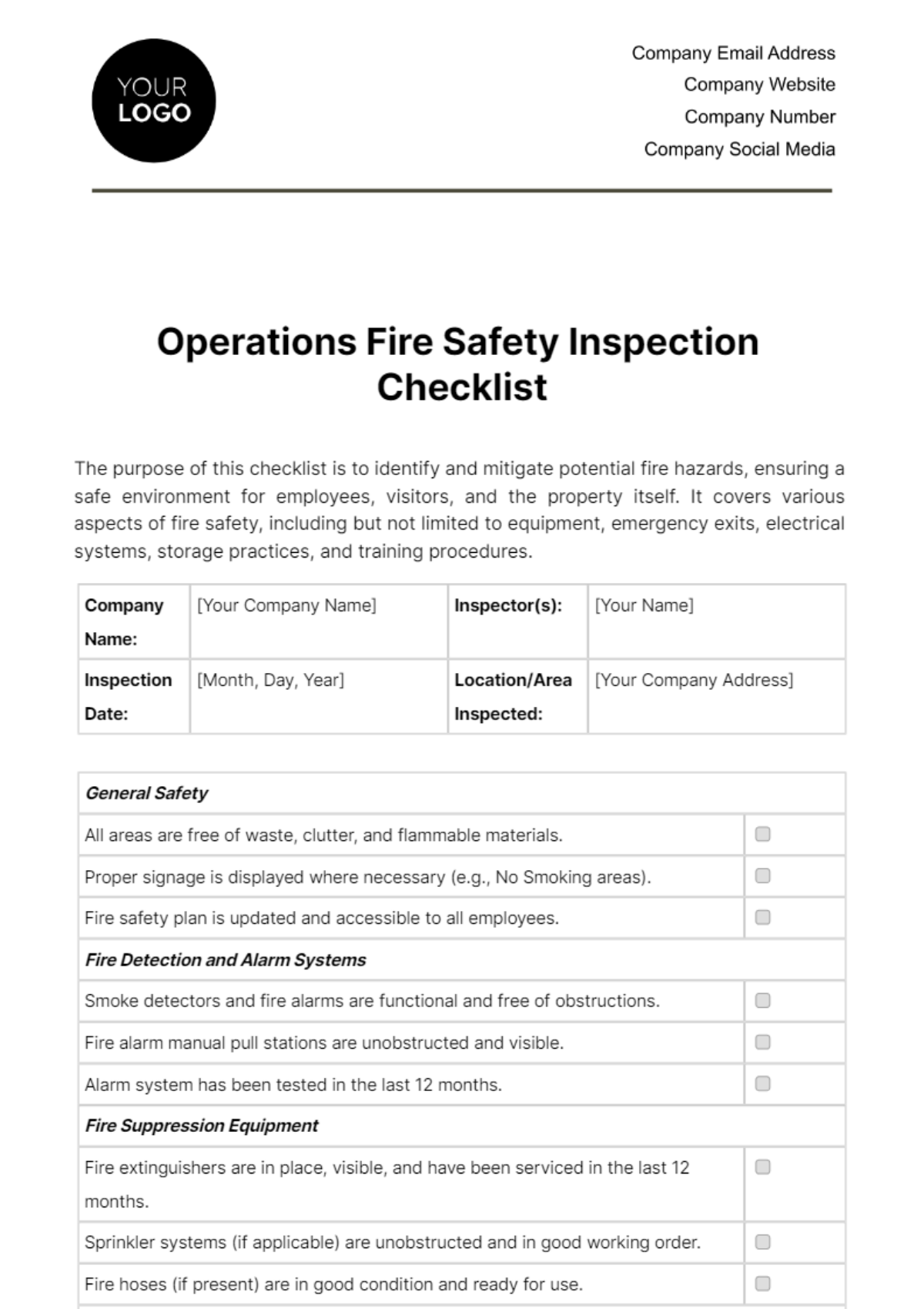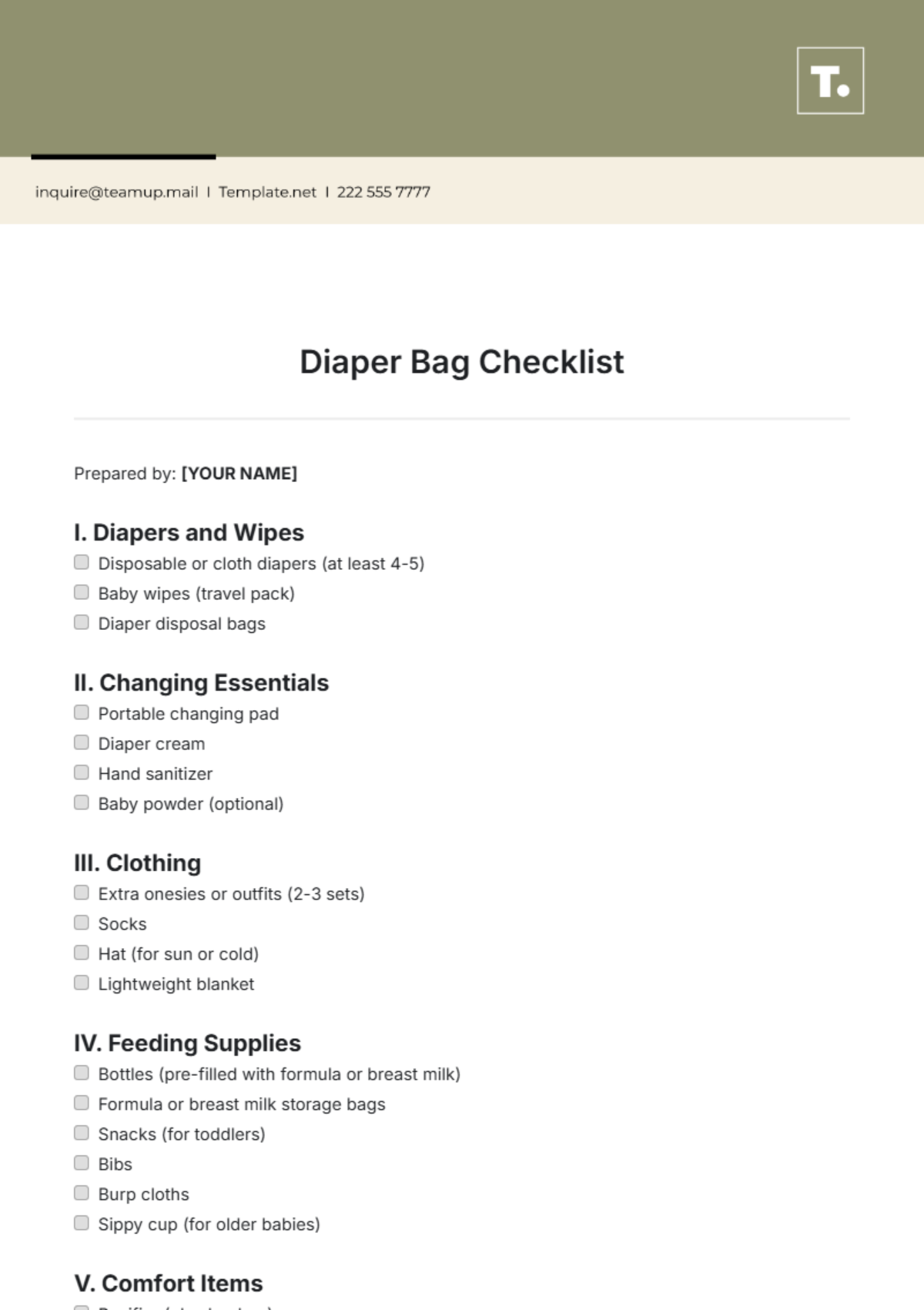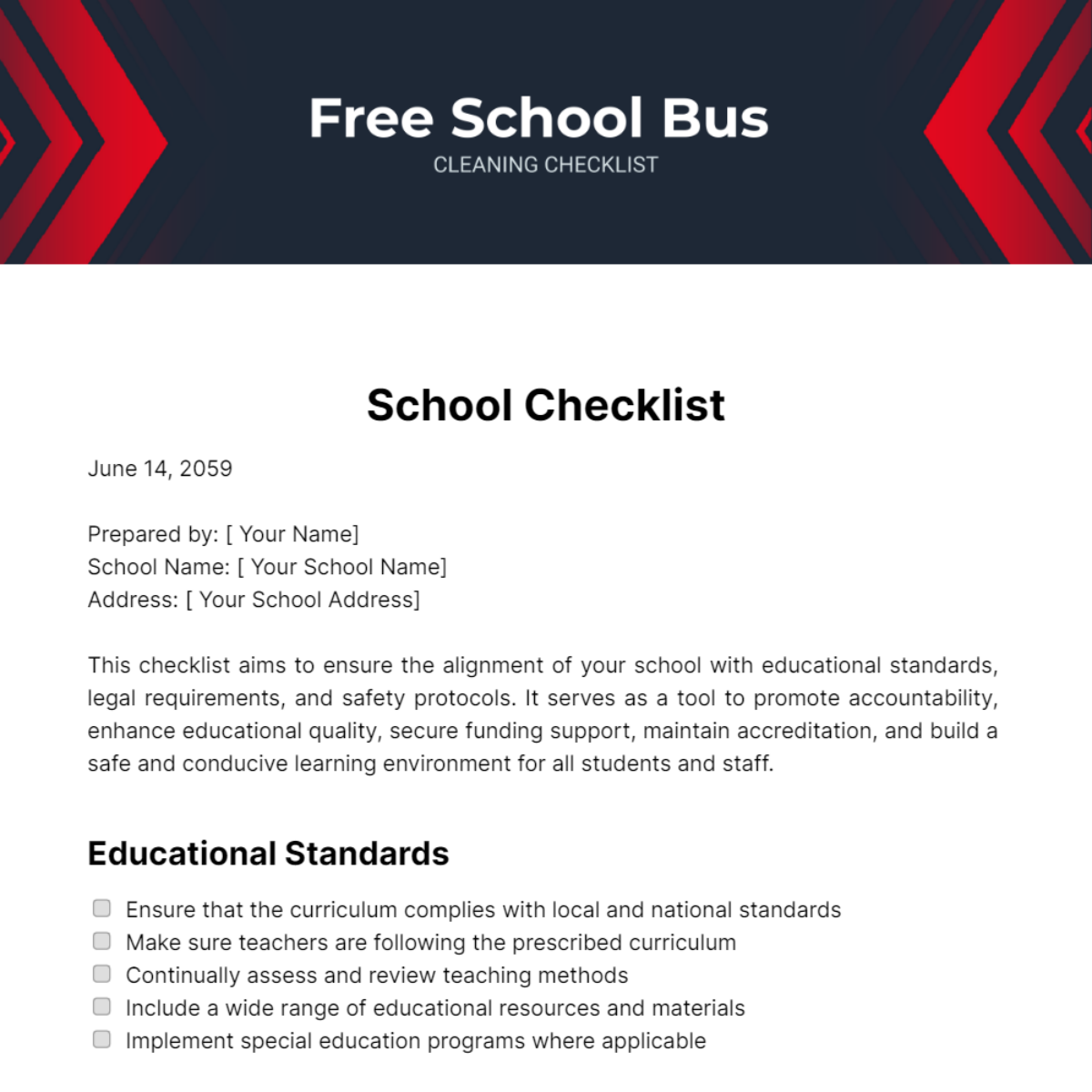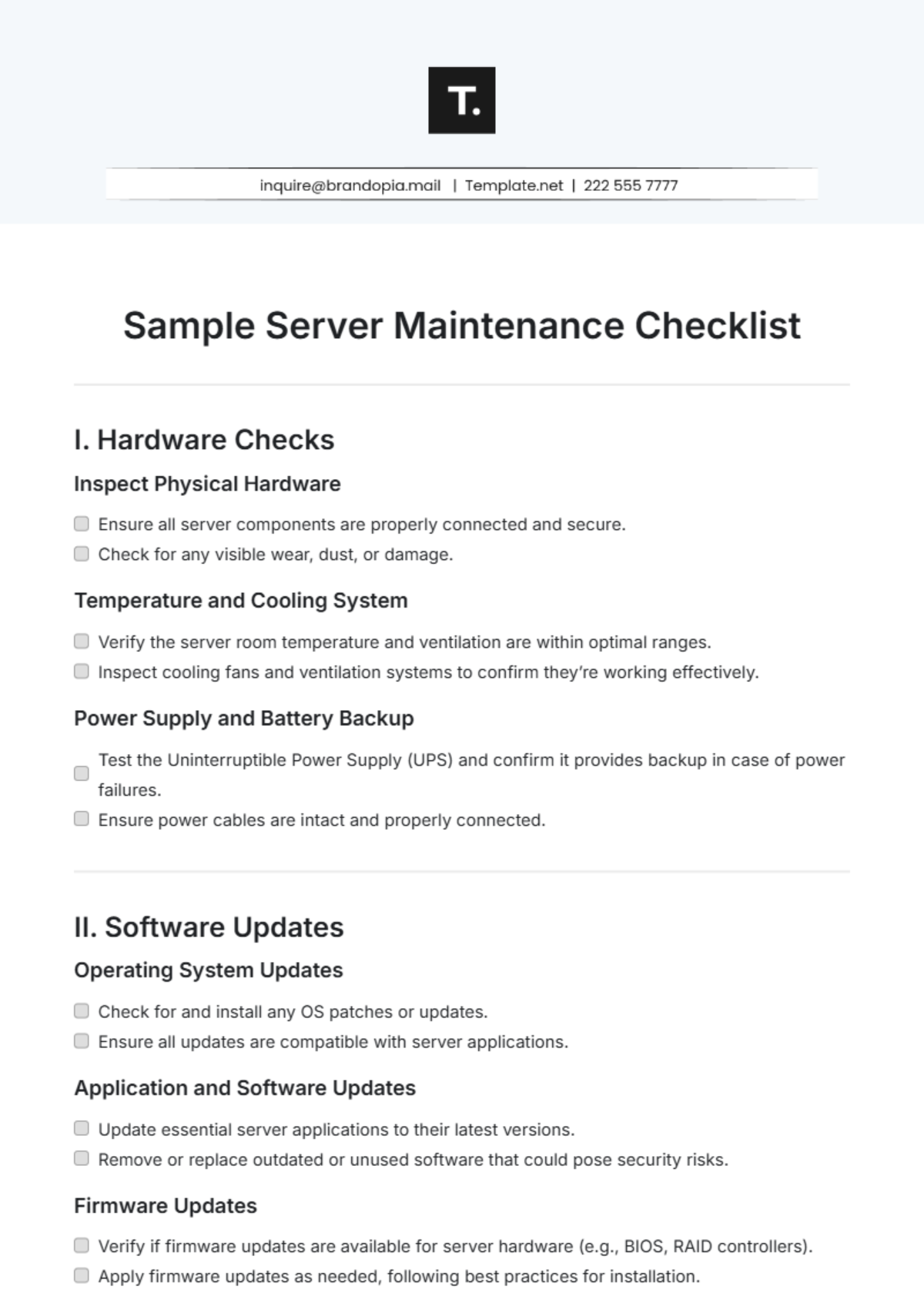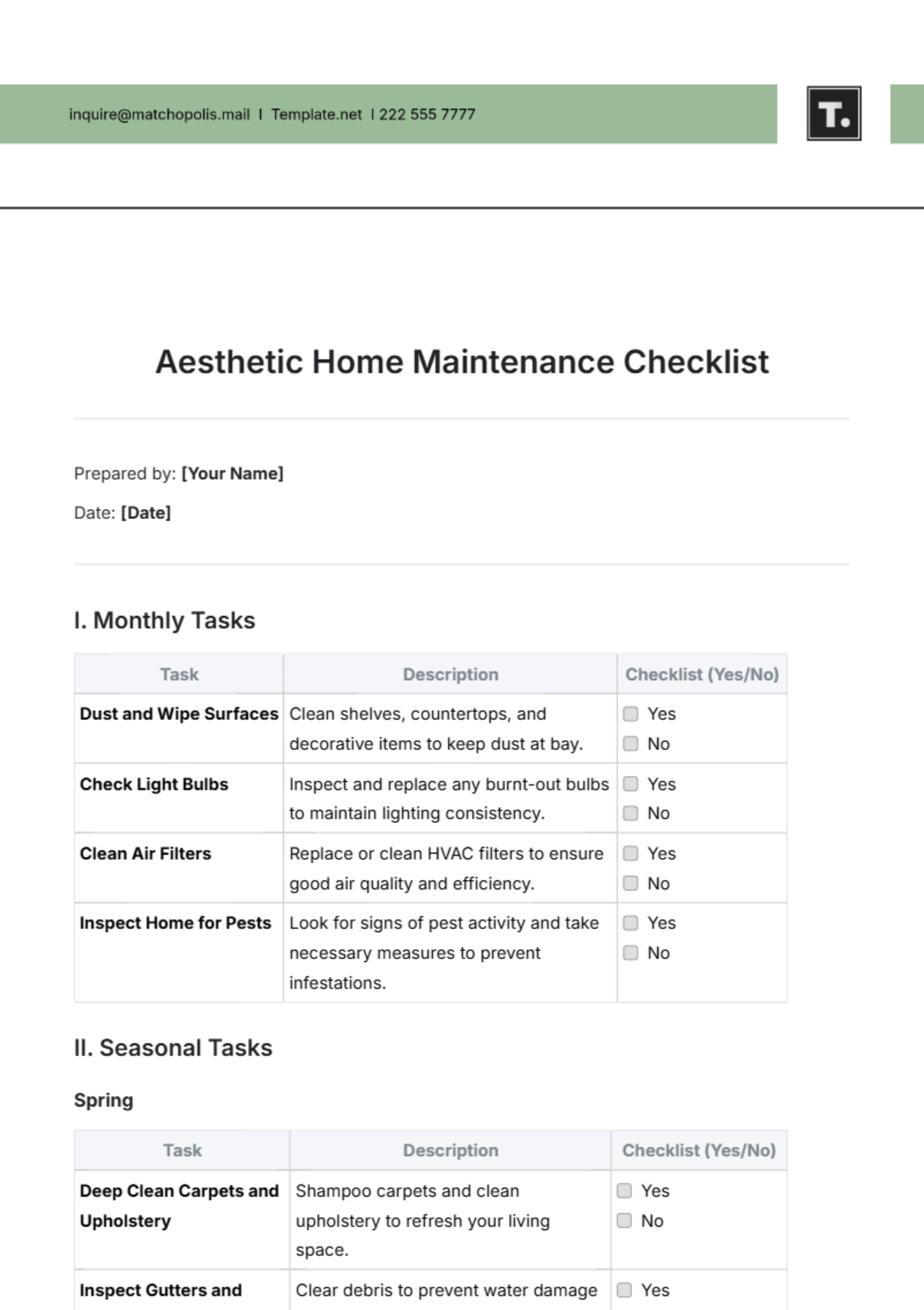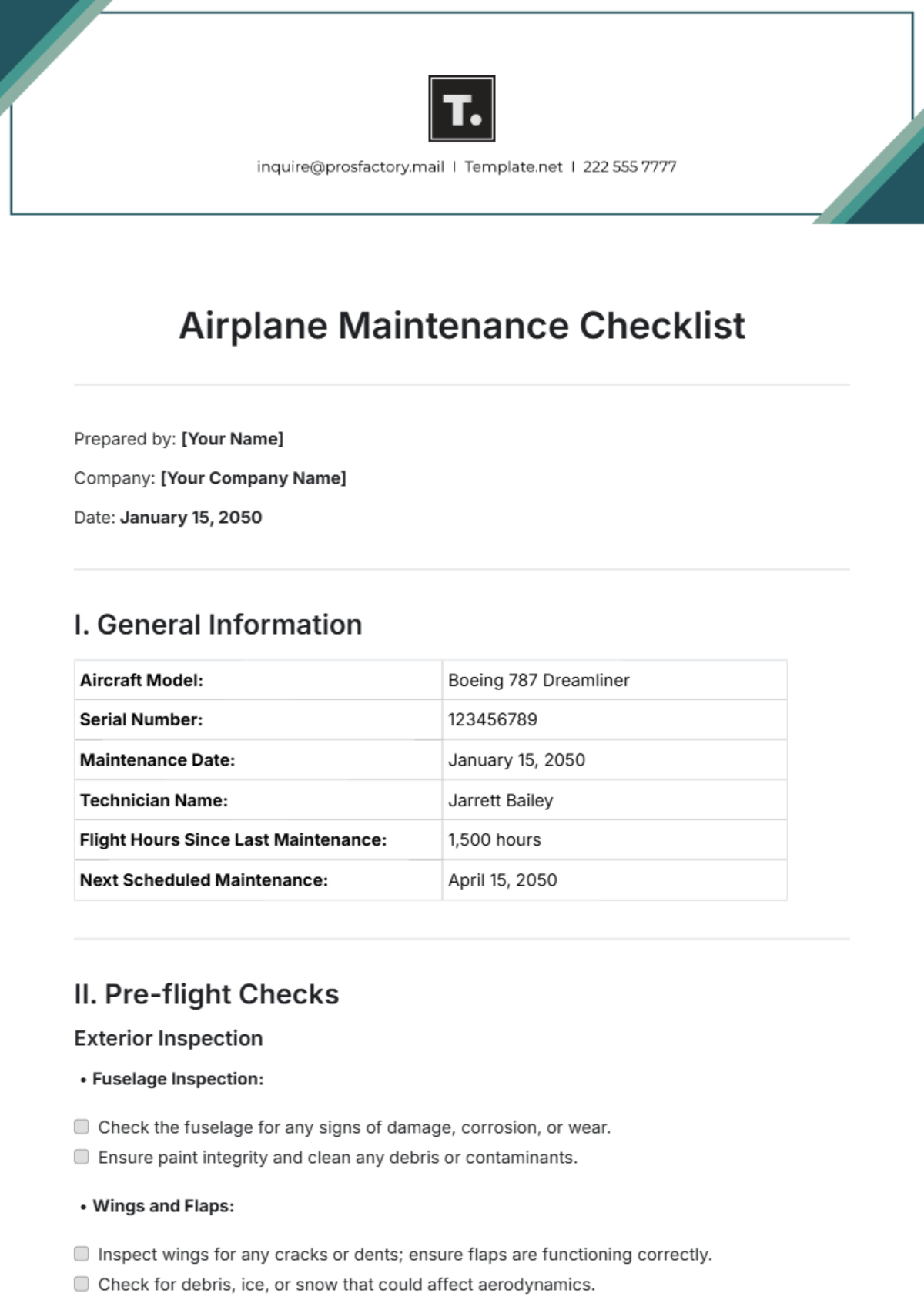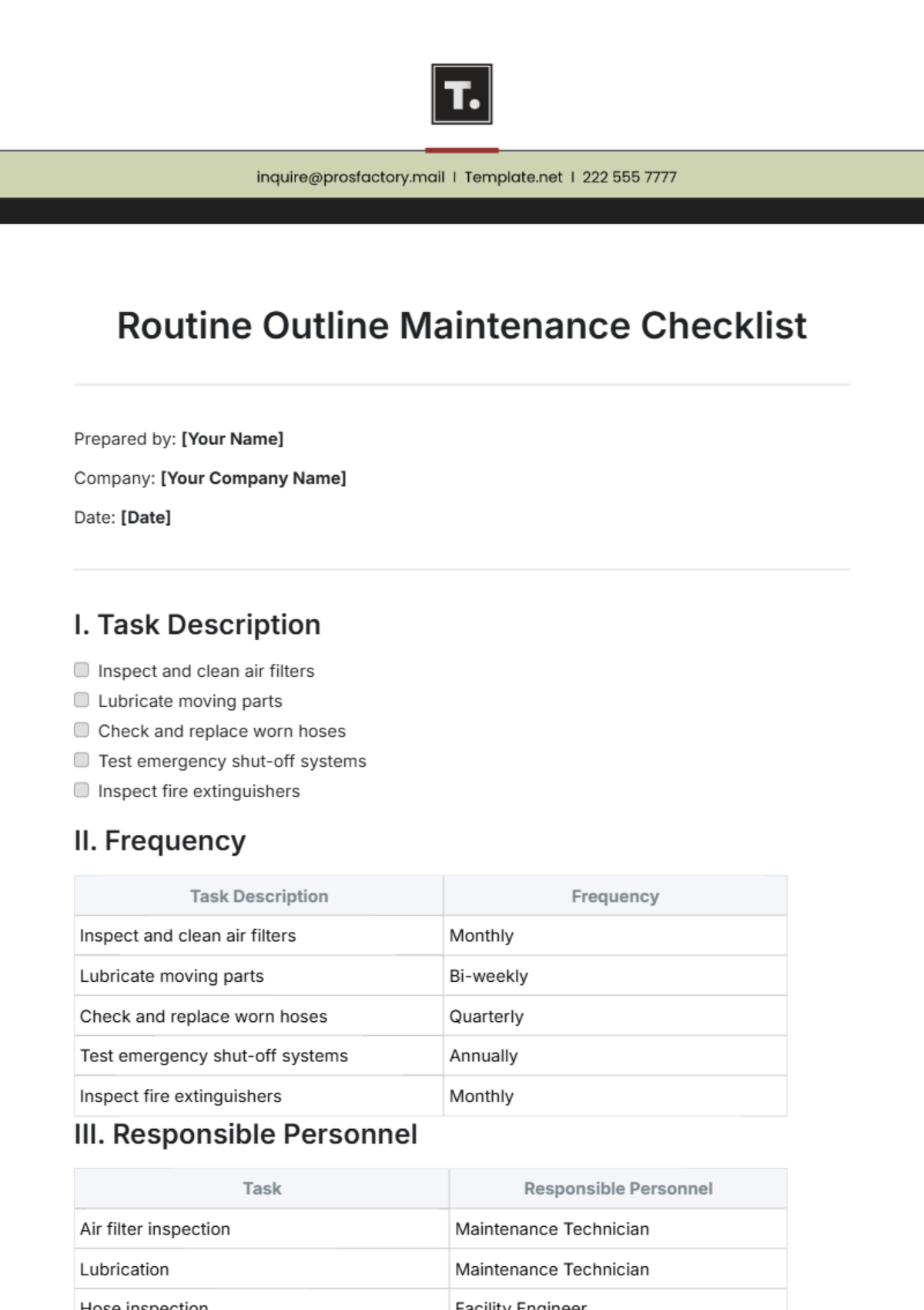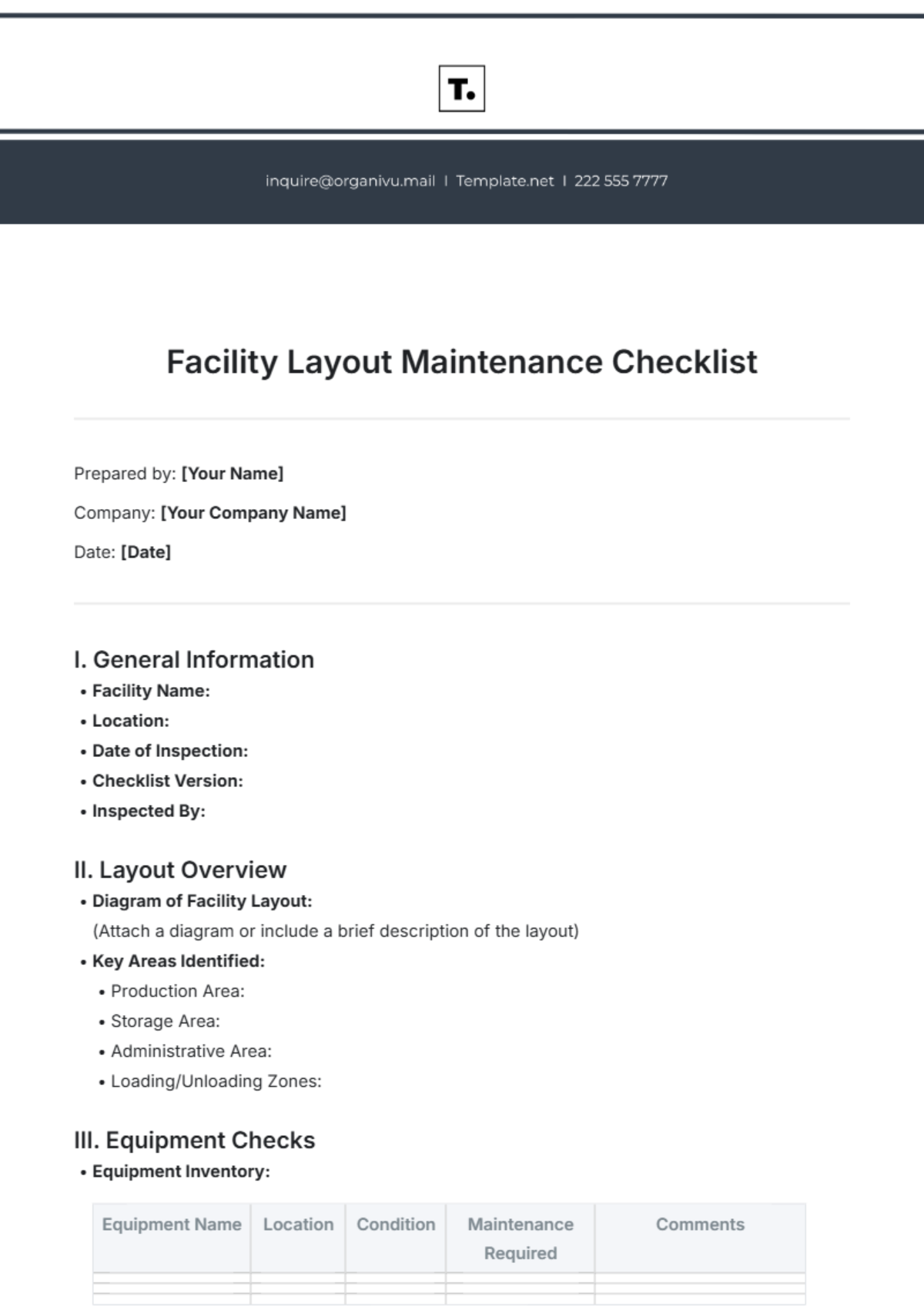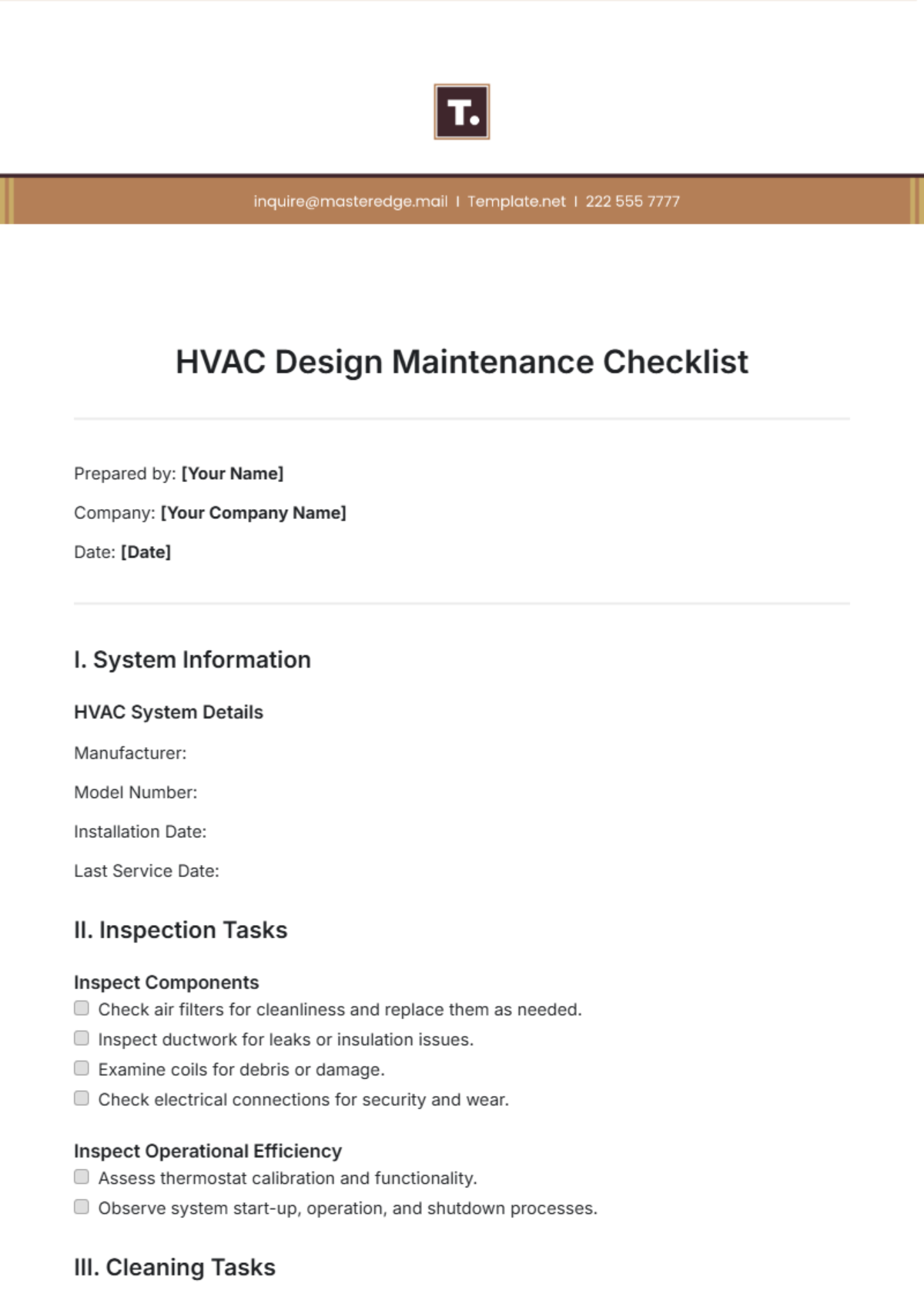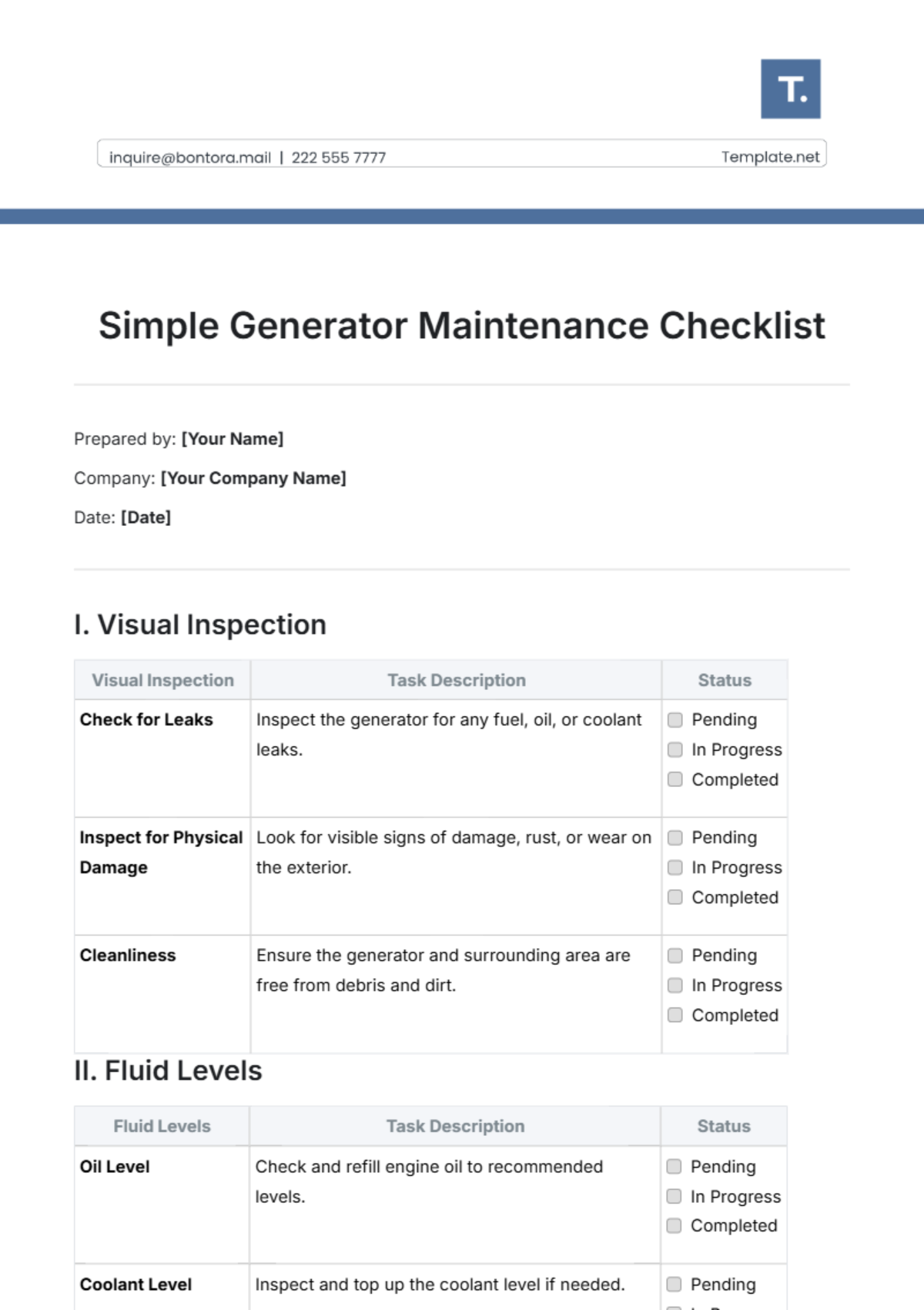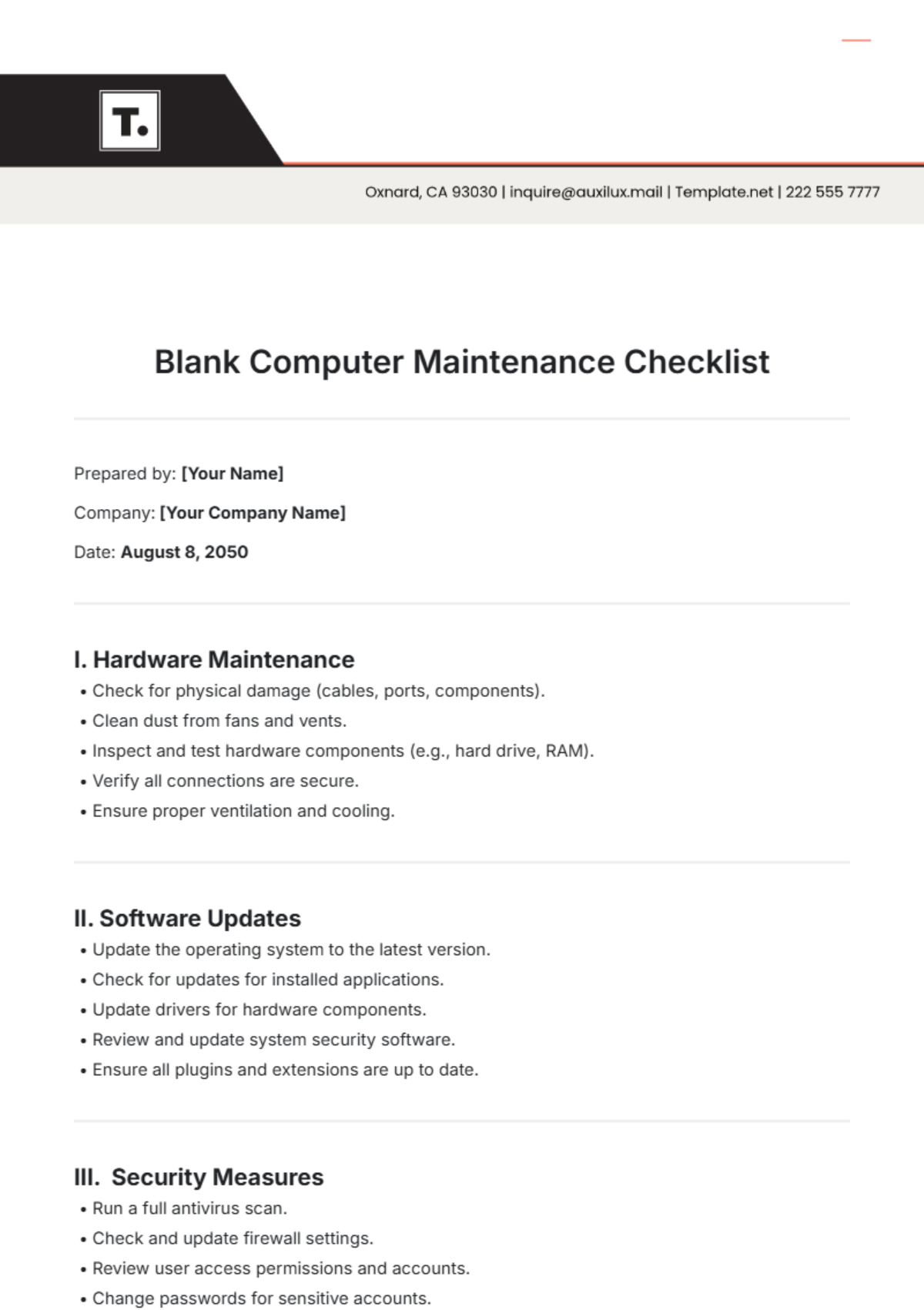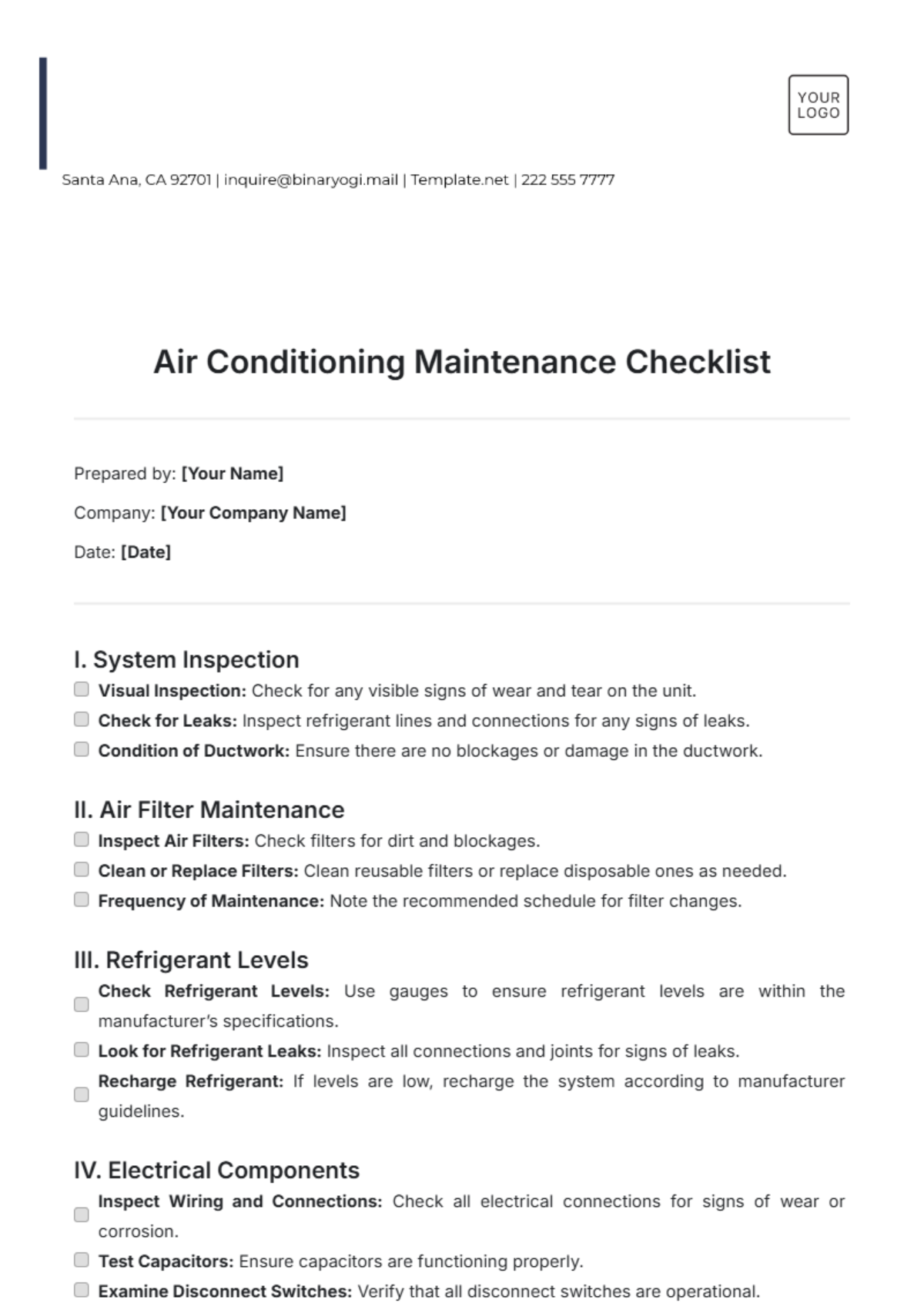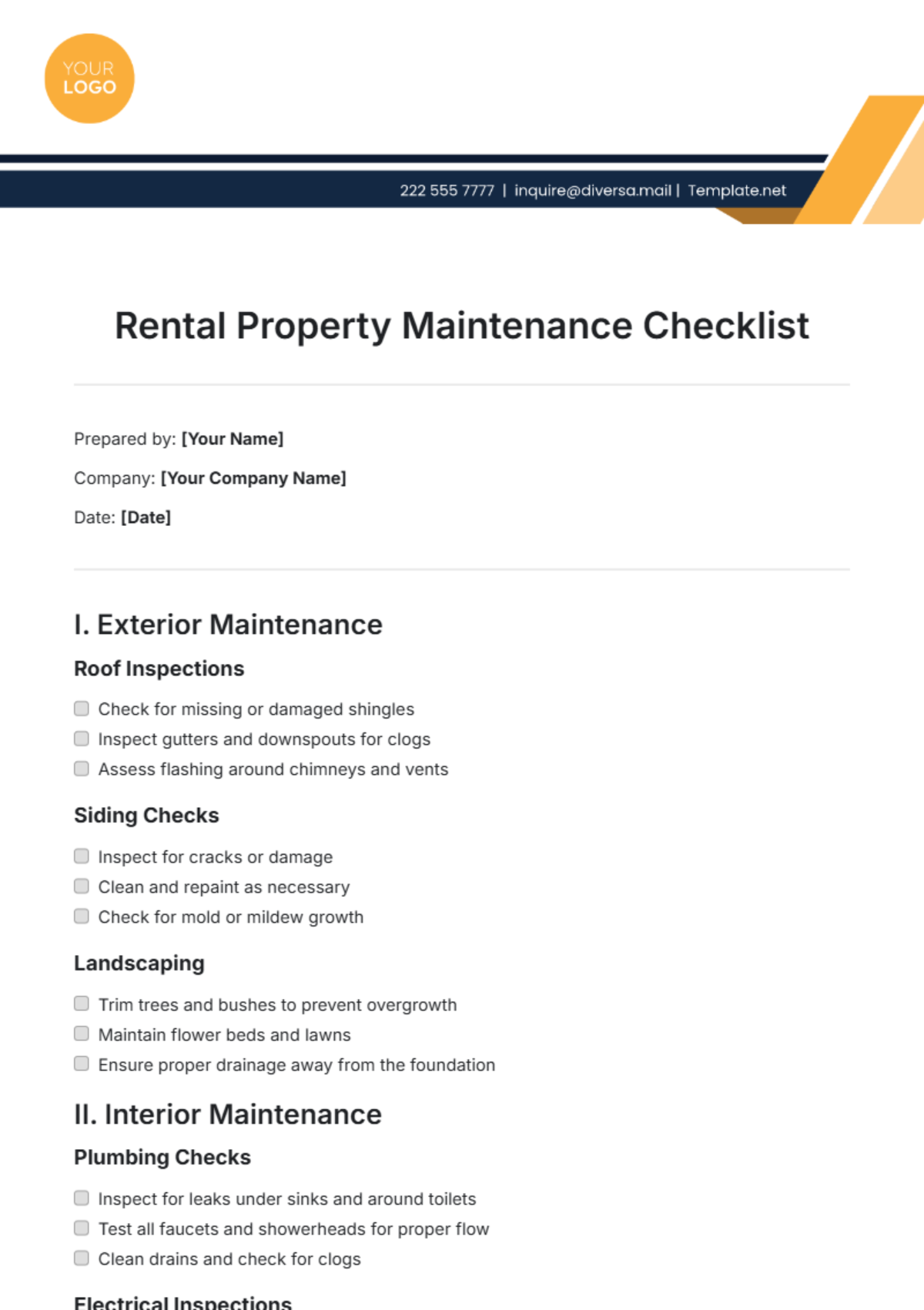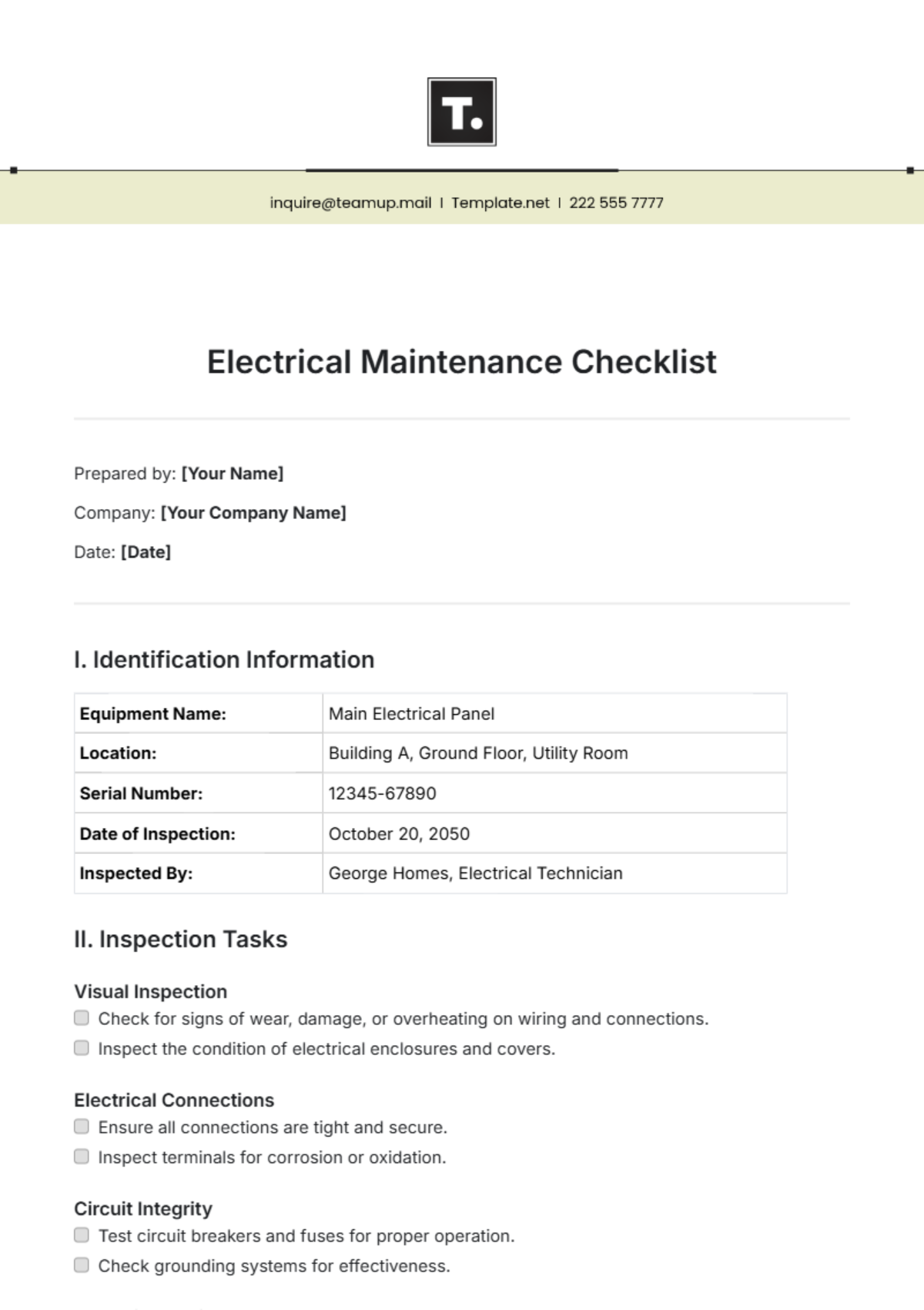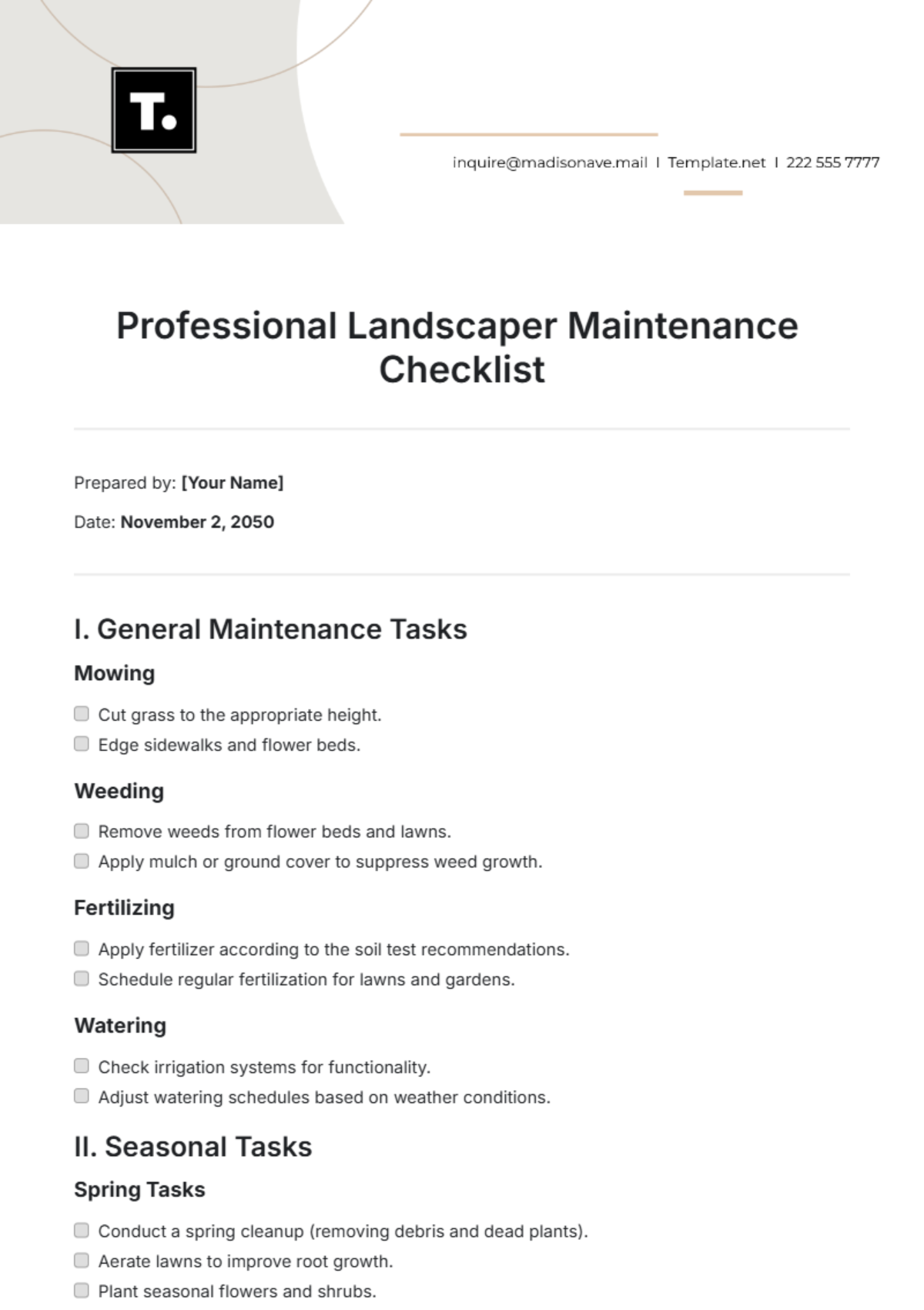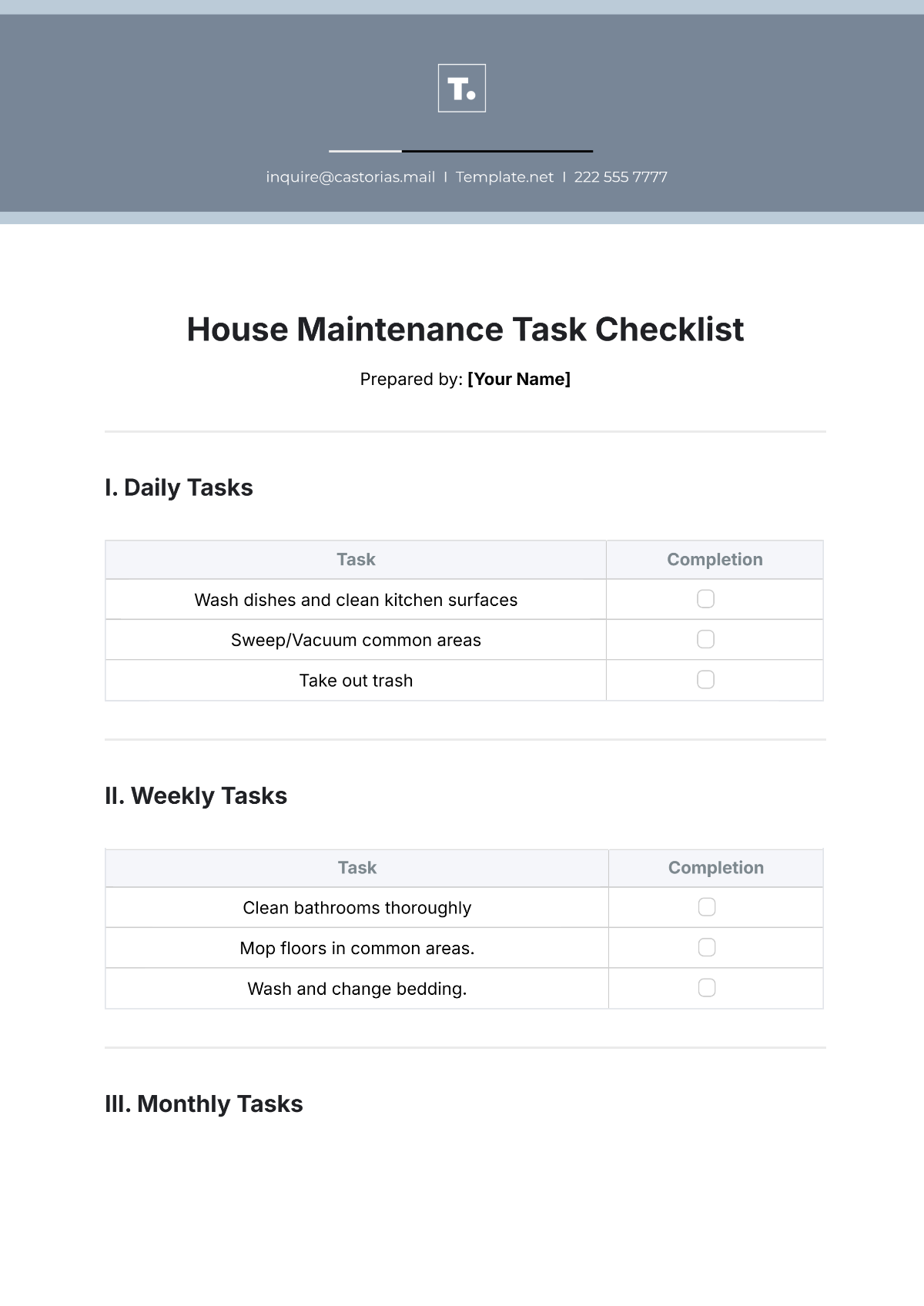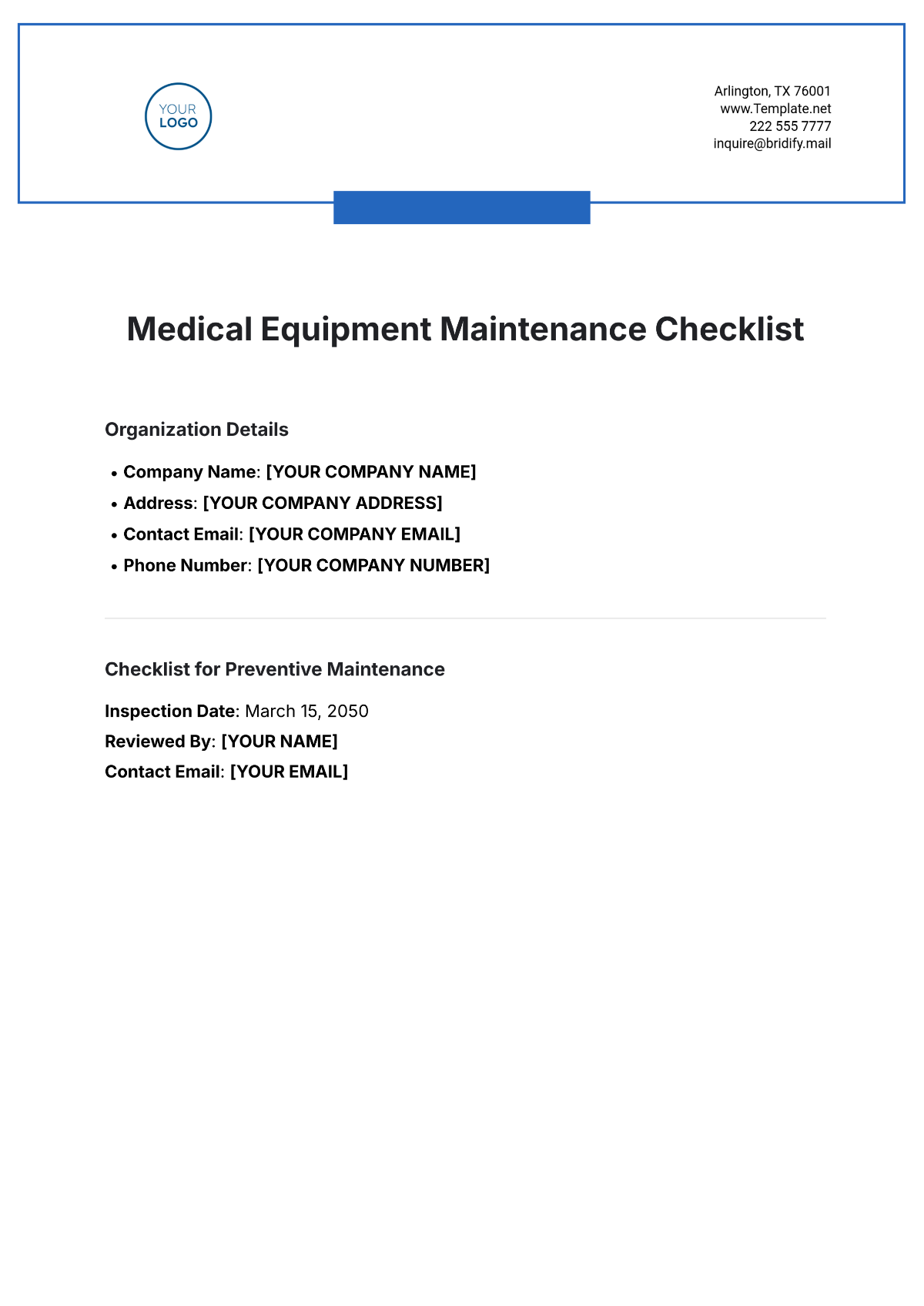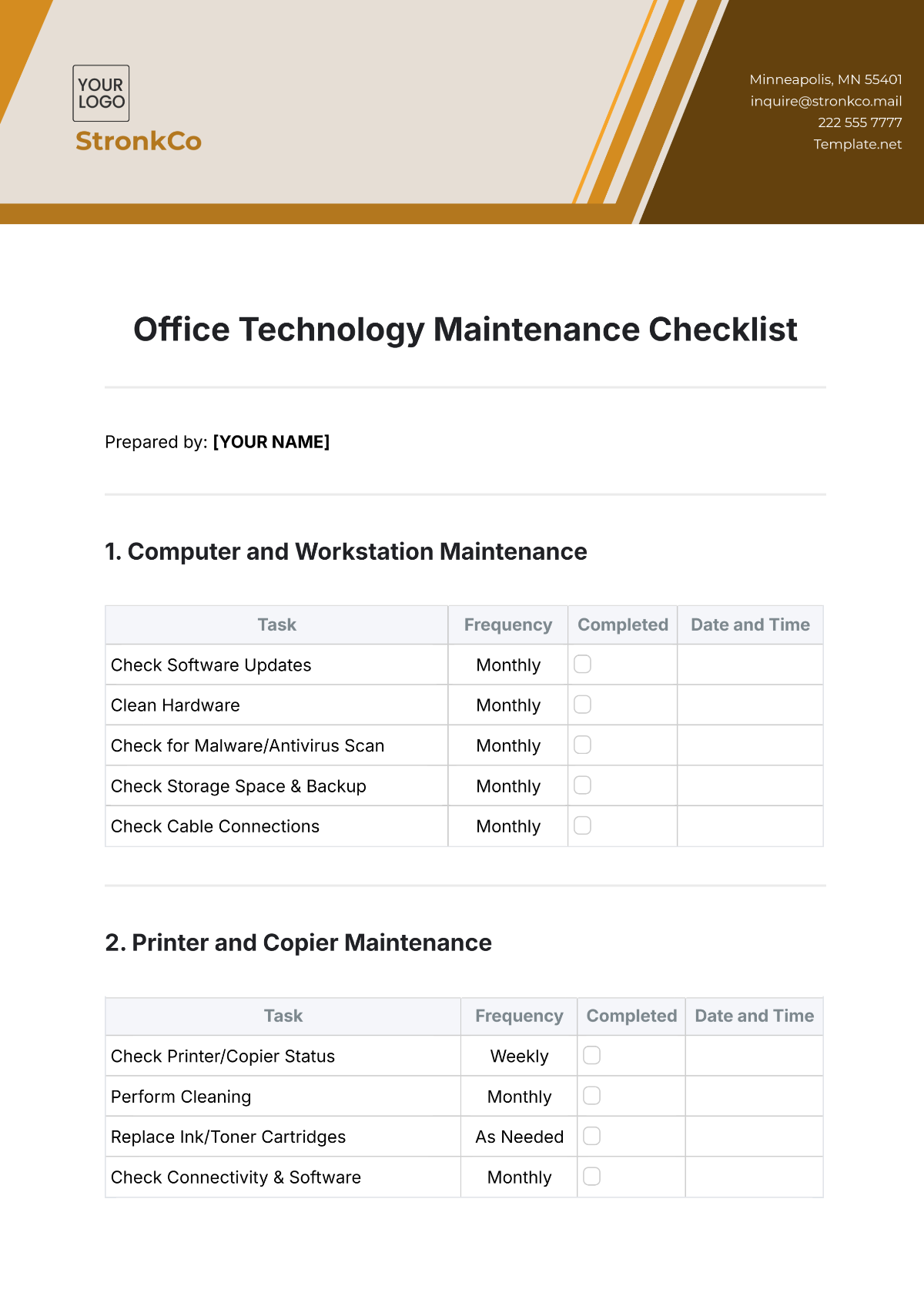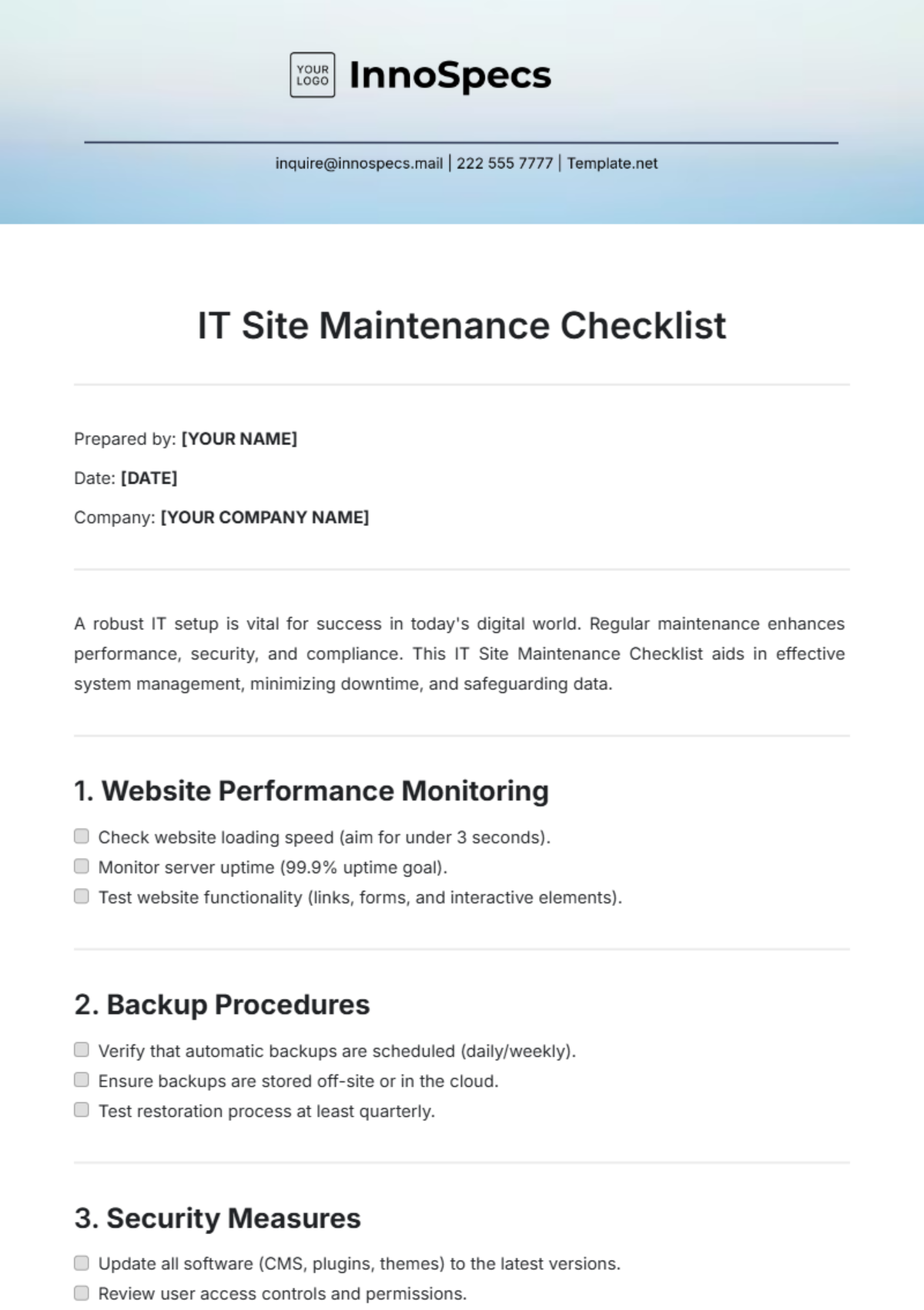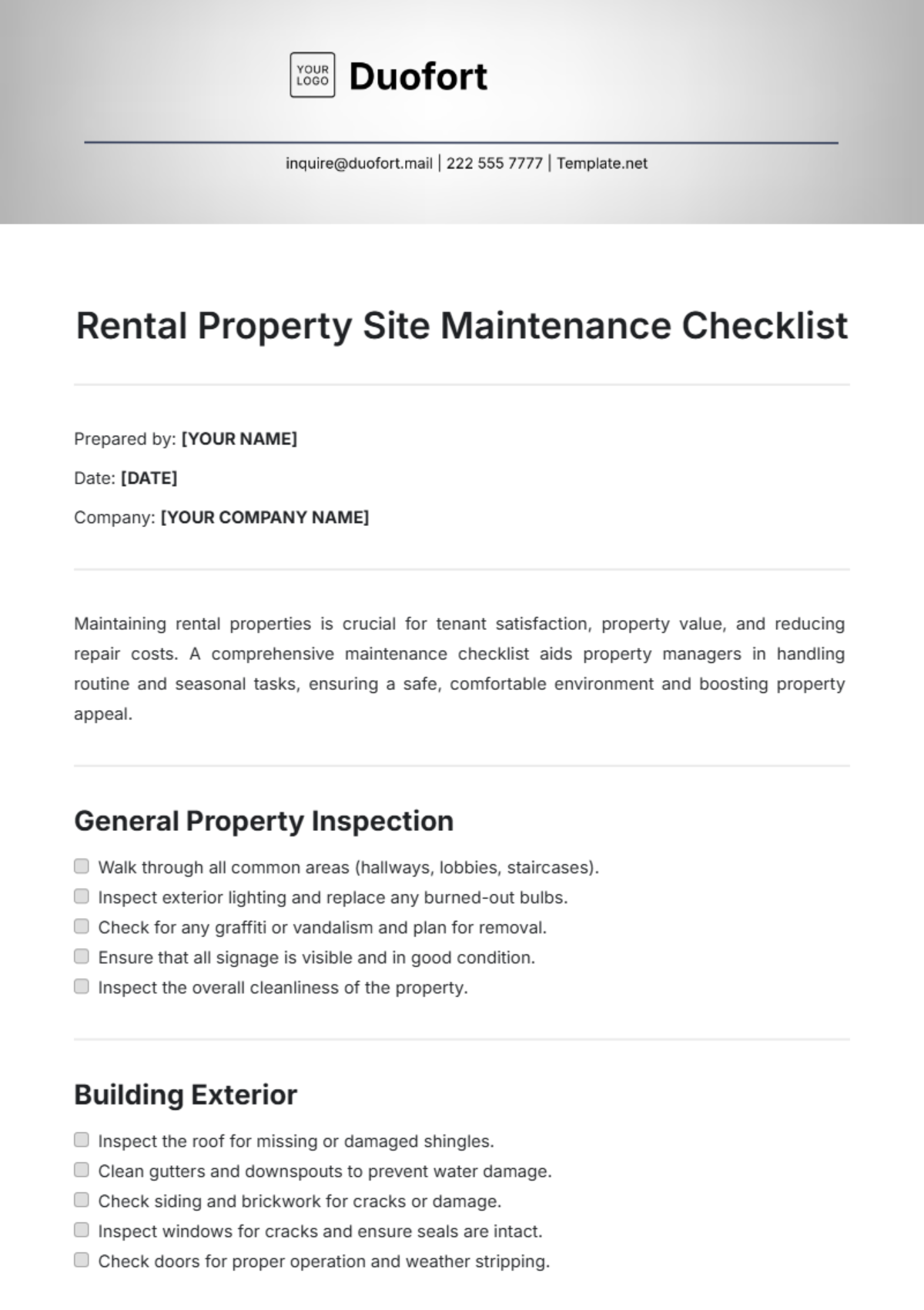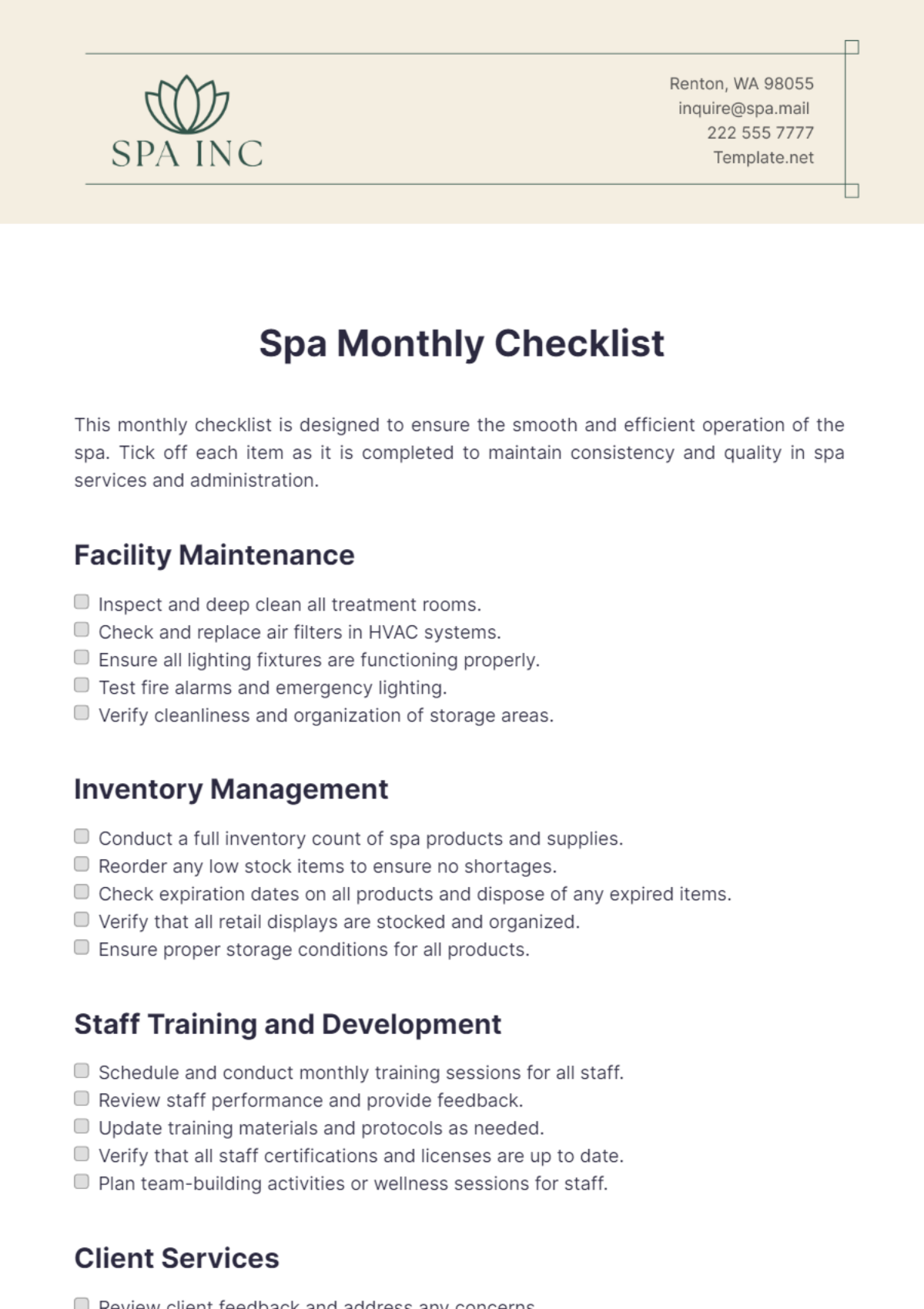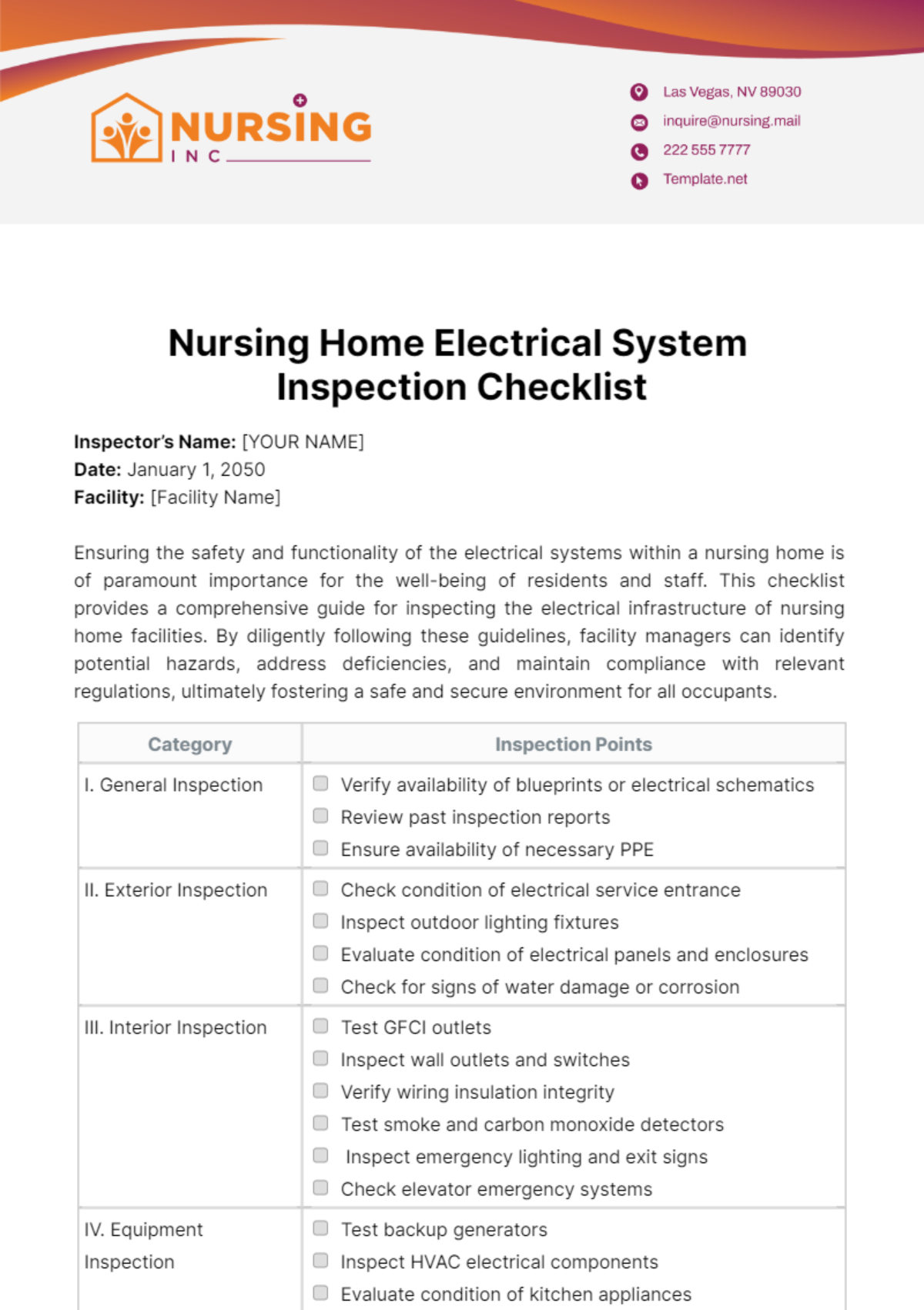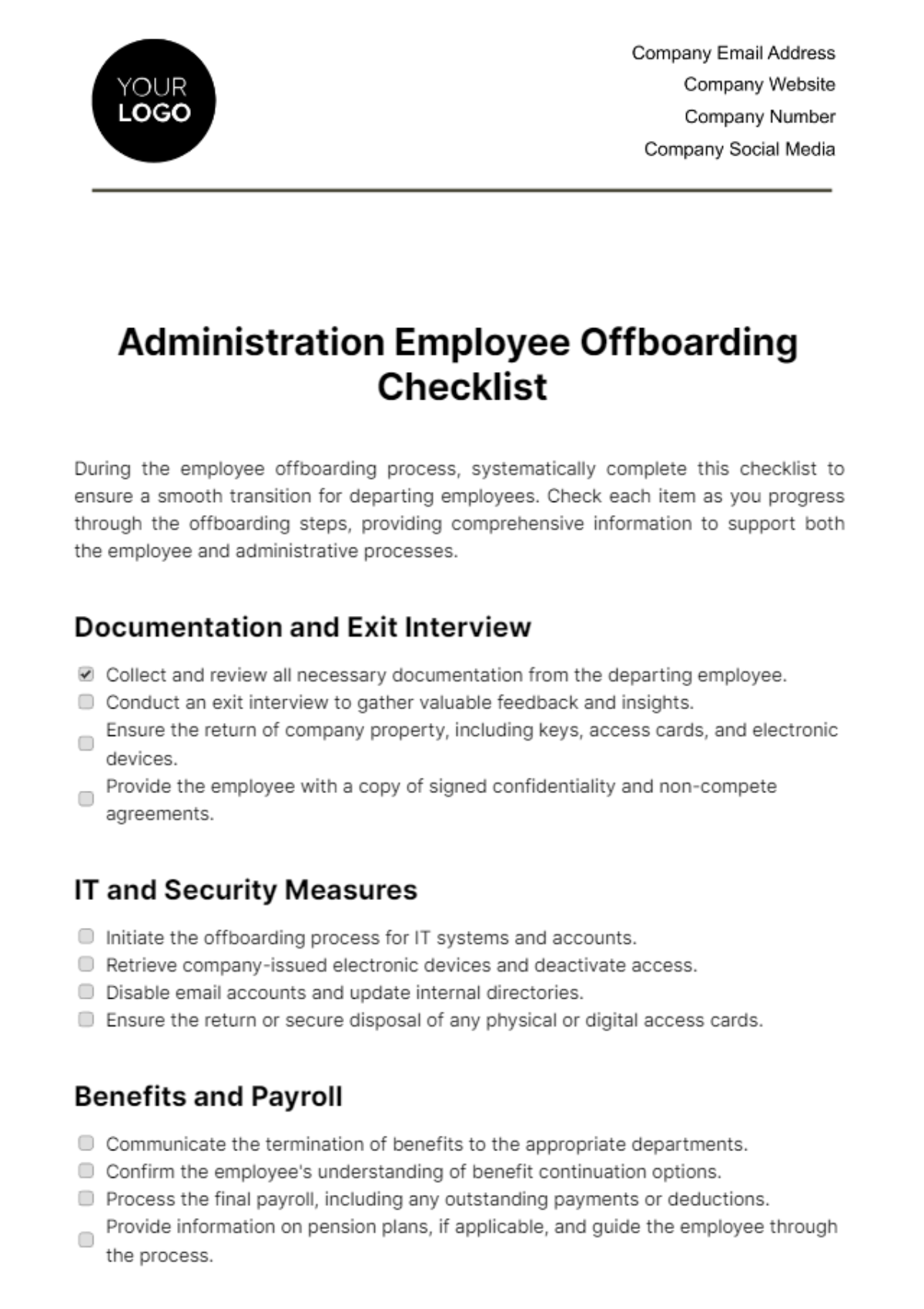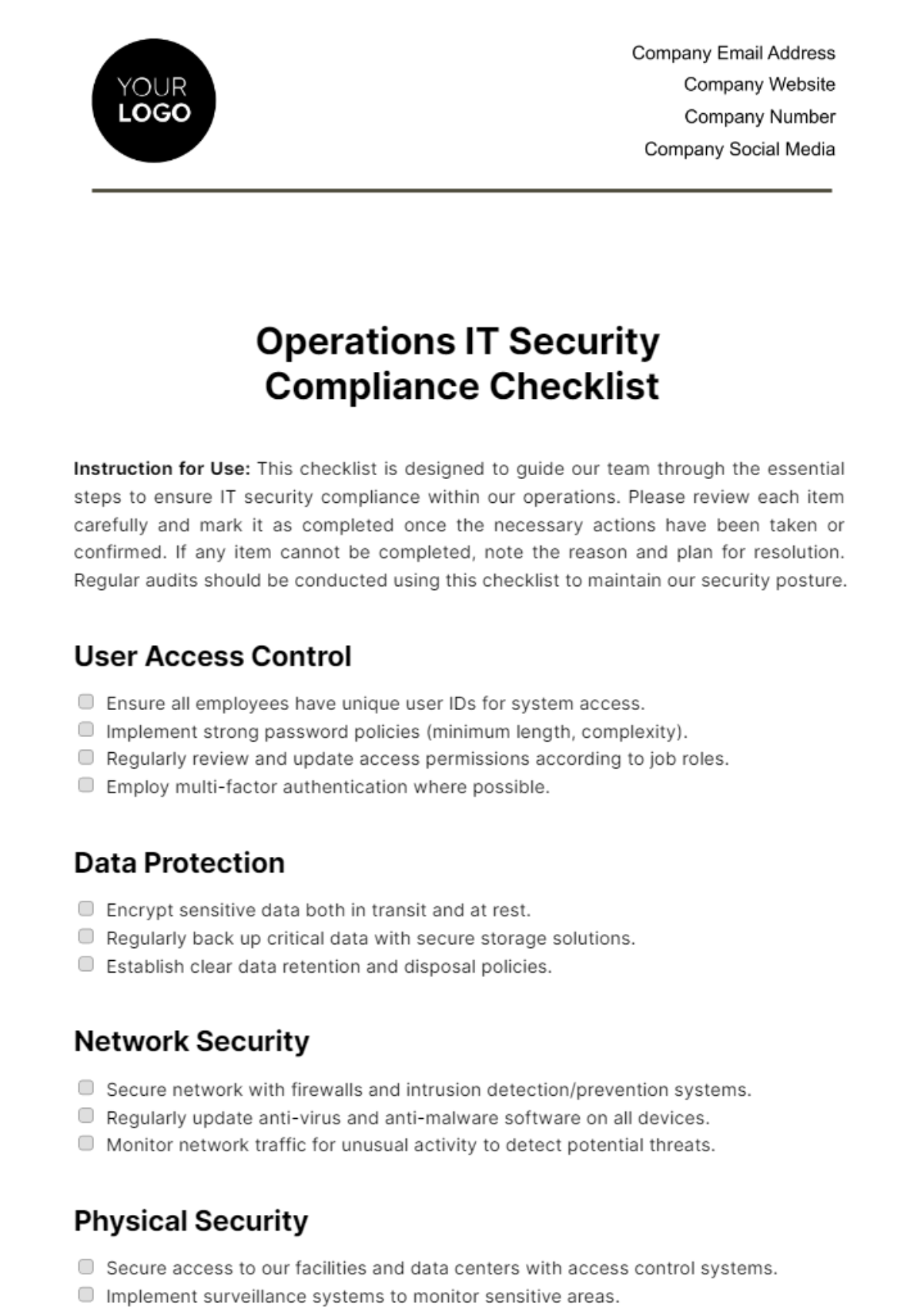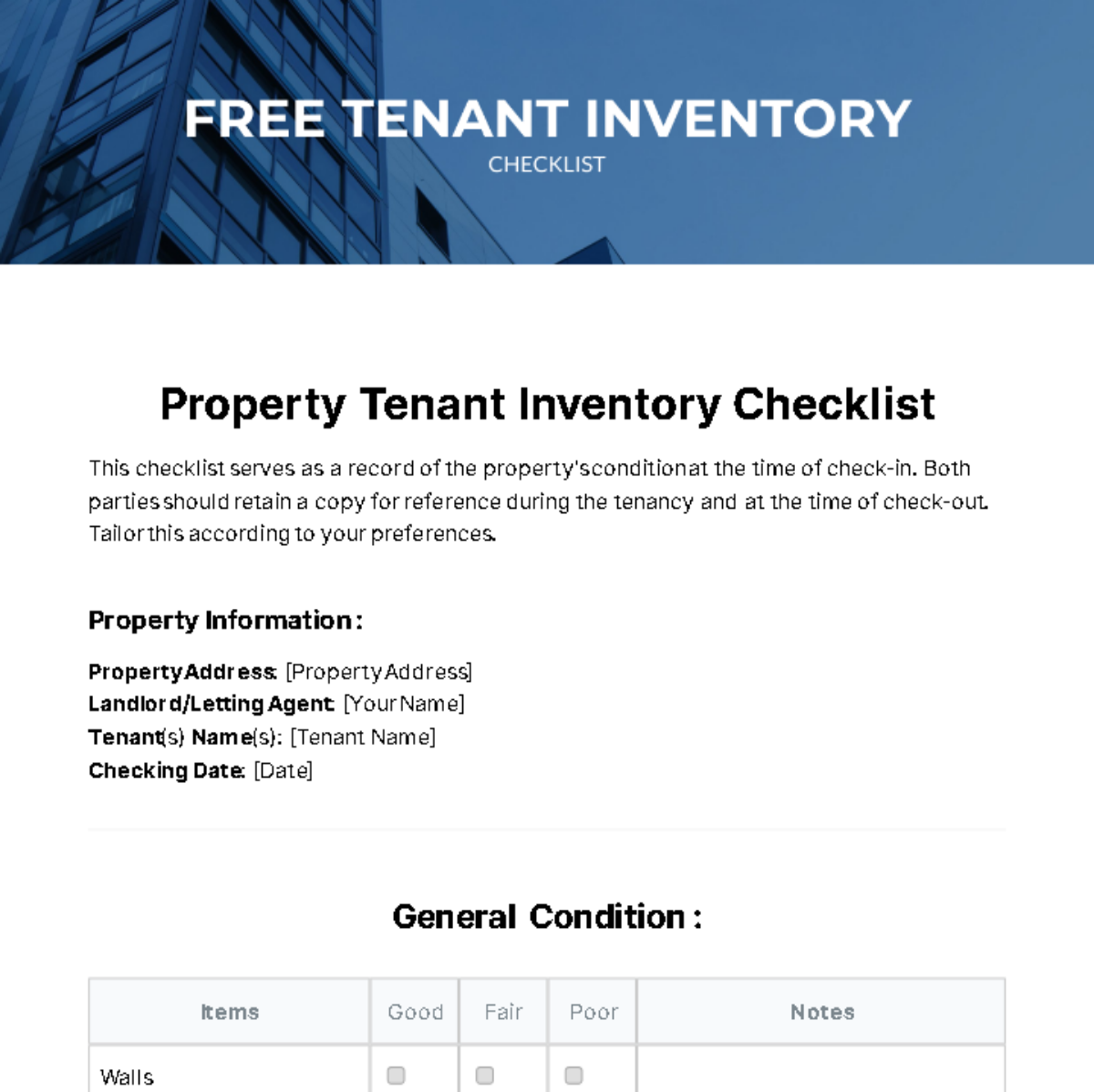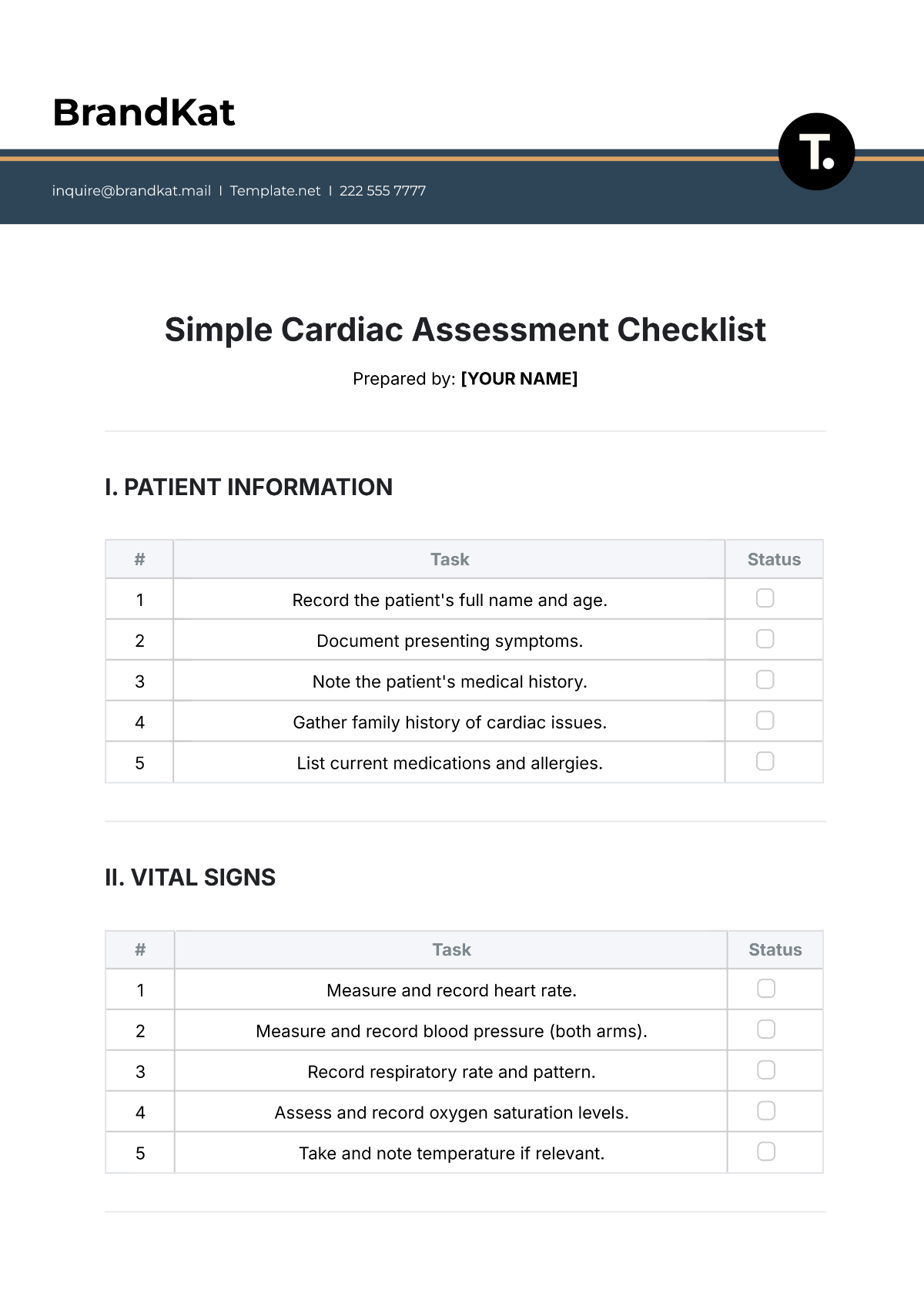Site Analysis
The Site Analysis Checklist is a meticulously curated tool, designed to systematically evaluate and document the characteristics and conditions of a designated site. Authored by expert [Your Name].
Site Characteristics:
Evaluate the topography, soil composition, and geological conditions of the site.
Assess the site's dimensions, boundaries, and any existing structures or features.
Confirm the orientation of the site concerning sun exposure and prevailing winds.
Zoning and Land Use:
Verify the zoning regulations and land use designations applicable to the site.
Assess the permitted land uses, building heights, setbacks, and other zoning restrictions.
Identify any potential conflicts with local planning regulations.
Environmental Considerations:
Evaluate the ecological sensitivity of the site, including the presence of wetlands, wildlife habitats, or protected species.
Assess the potential impact of development on the surrounding environment.
Implement measures to minimize environmental disturbance and comply with conservation regulations.
Infrastructure and Utilities:
Identify the availability and capacity of utilities such as water, electricity, and sewer systems.
Assess the condition of existing infrastructure, including roads and transportation networks.
Confirm the feasibility of connecting the site to necessary utilities.
Accessibility and Transportation:
Evaluate the accessibility of the site by road, public transportation, and pedestrian pathways.
Assess potential traffic impacts and parking requirements.
Identify opportunities for enhancing transportation connectivity and accessibility.
Cultural and Historical Considerations:
Identify any cultural or historical significance associated with the site.
Assess the potential impact of development on historical structures or archaeological resources.
Comply with preservation regulations and incorporate strategies for heritage conservation.
Climate and Microclimate Analysis:
Analyze the local climate, including temperature ranges, precipitation, and seasonal variations.
Assess microclimate conditions on the site, considering factors like wind patterns and sun exposure.
Incorporate climate-responsive design strategies for energy efficiency and occupant comfort.
Market Analysis:
Evaluate the economic viability of the project by considering market demand and trends.
Assess the competitive landscape and potential challenges in the local real estate market.
Identify opportunities to align the project with market needs and preferences.
Social and Community Context:
Understand the social fabric and demographic characteristics of the surrounding community.
Identify community needs, preferences, and potential impacts on the social environment.
Engage with local stakeholders to gather input and foster community collaboration.
Risk Assessment:
Identify potential risks and challenges associated with the site, such as environmental hazards or legal constraints.
Develop risk mitigation strategies to address challenges and uncertainties.
Ensure compliance with safety standards and regulatory requirements.
Financial Feasibility:
Conduct a preliminary cost analysis for site acquisition, development, and infrastructure.
Evaluate potential funding sources and financing options.
Assess the financial feasibility of the project within budgetary constraints.
